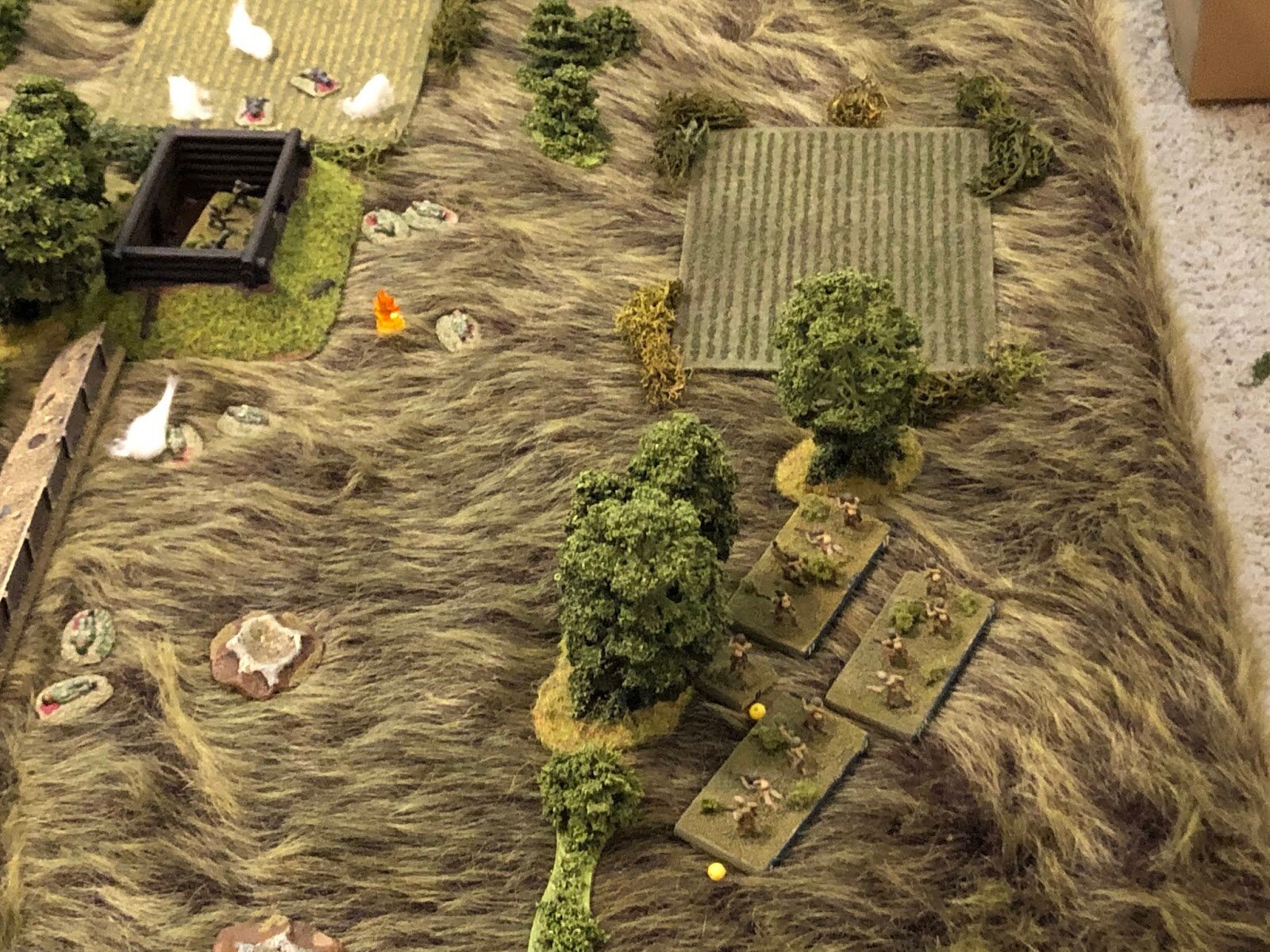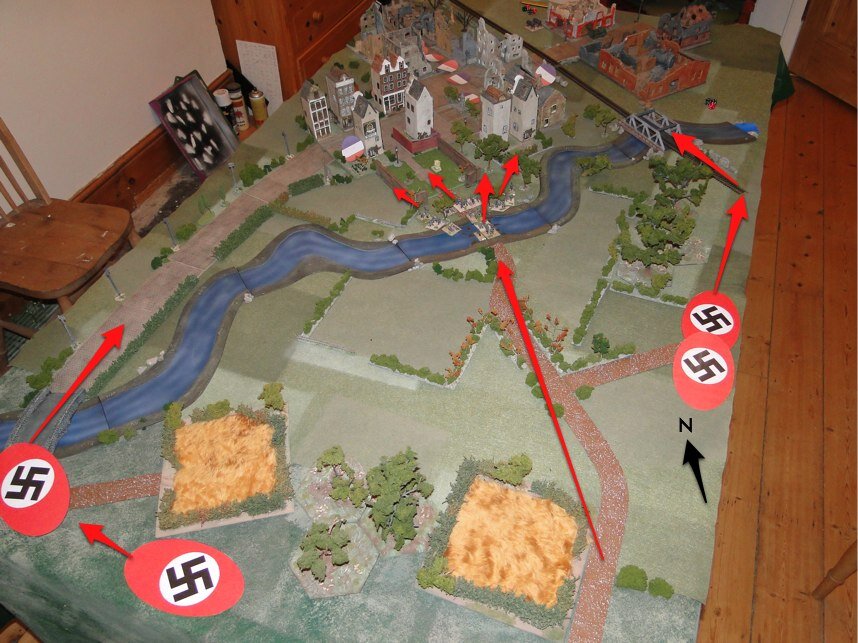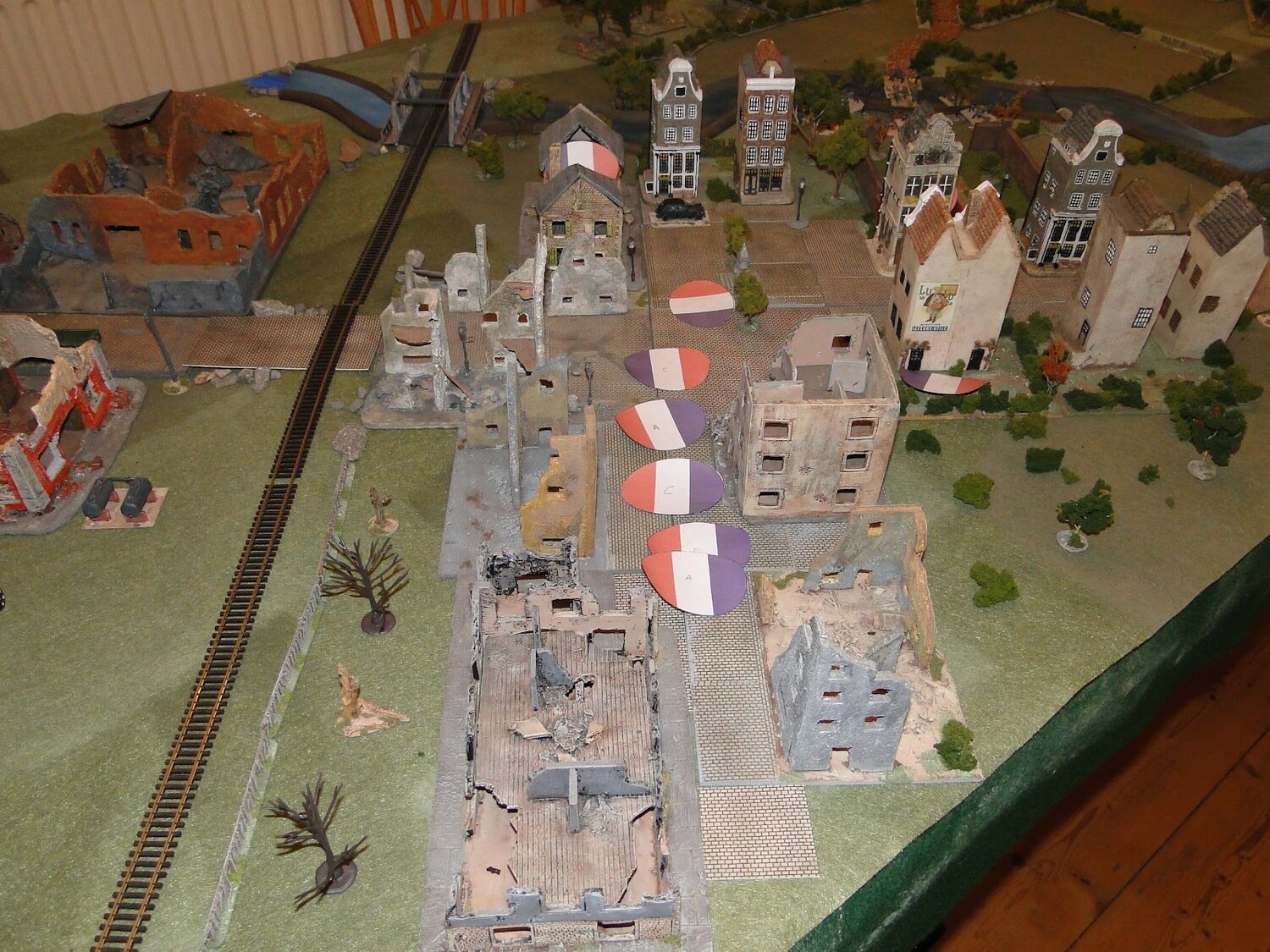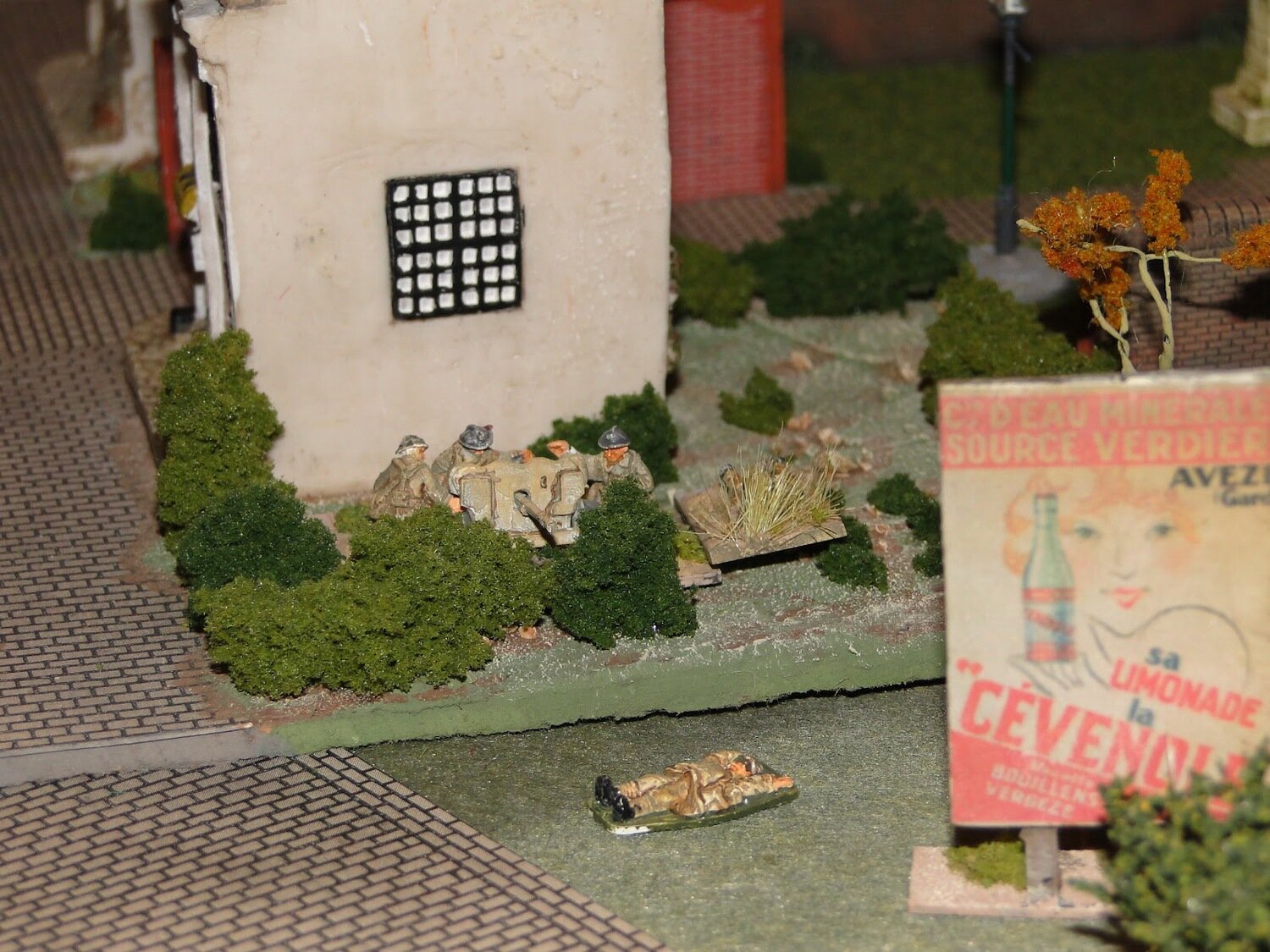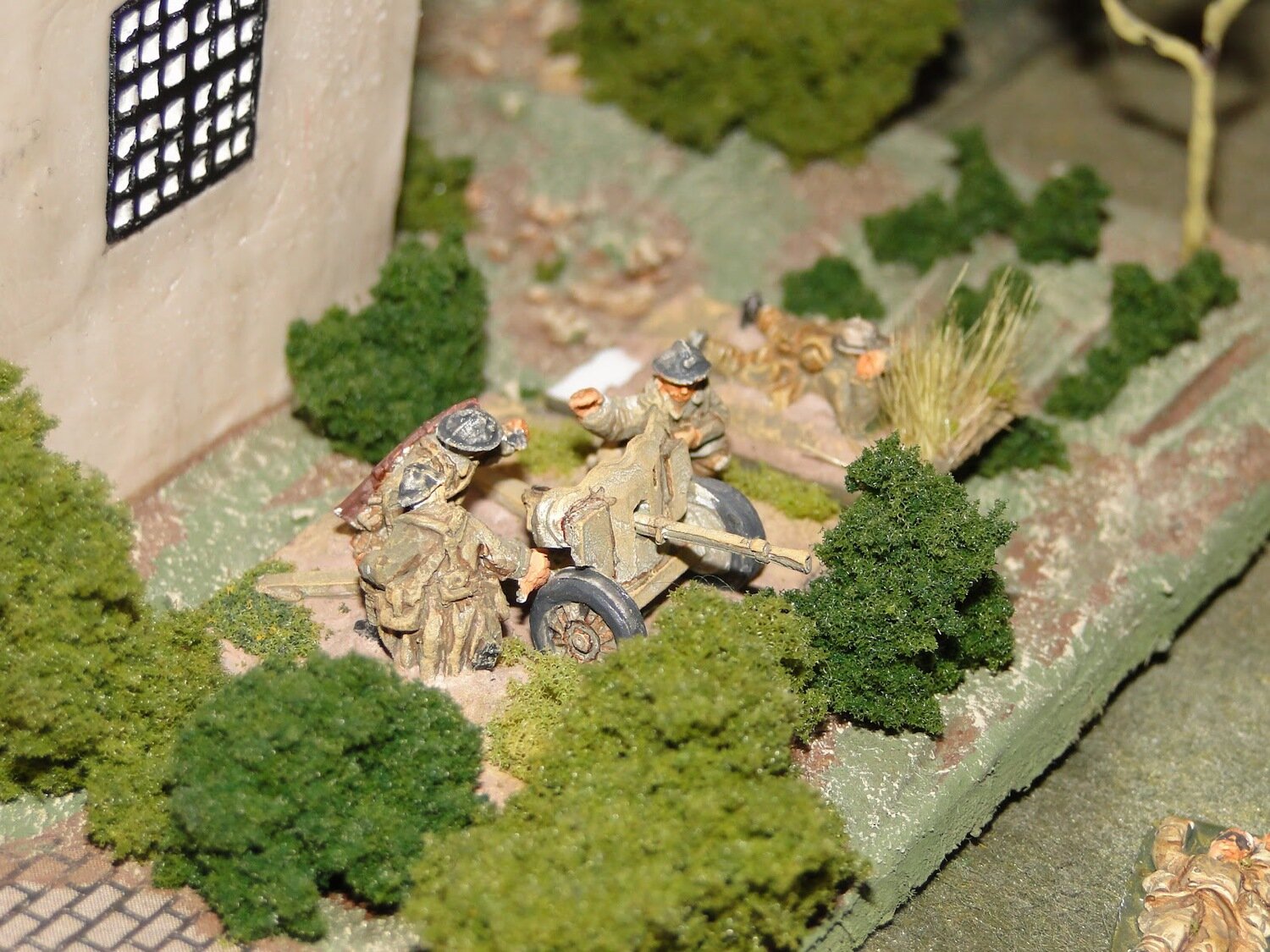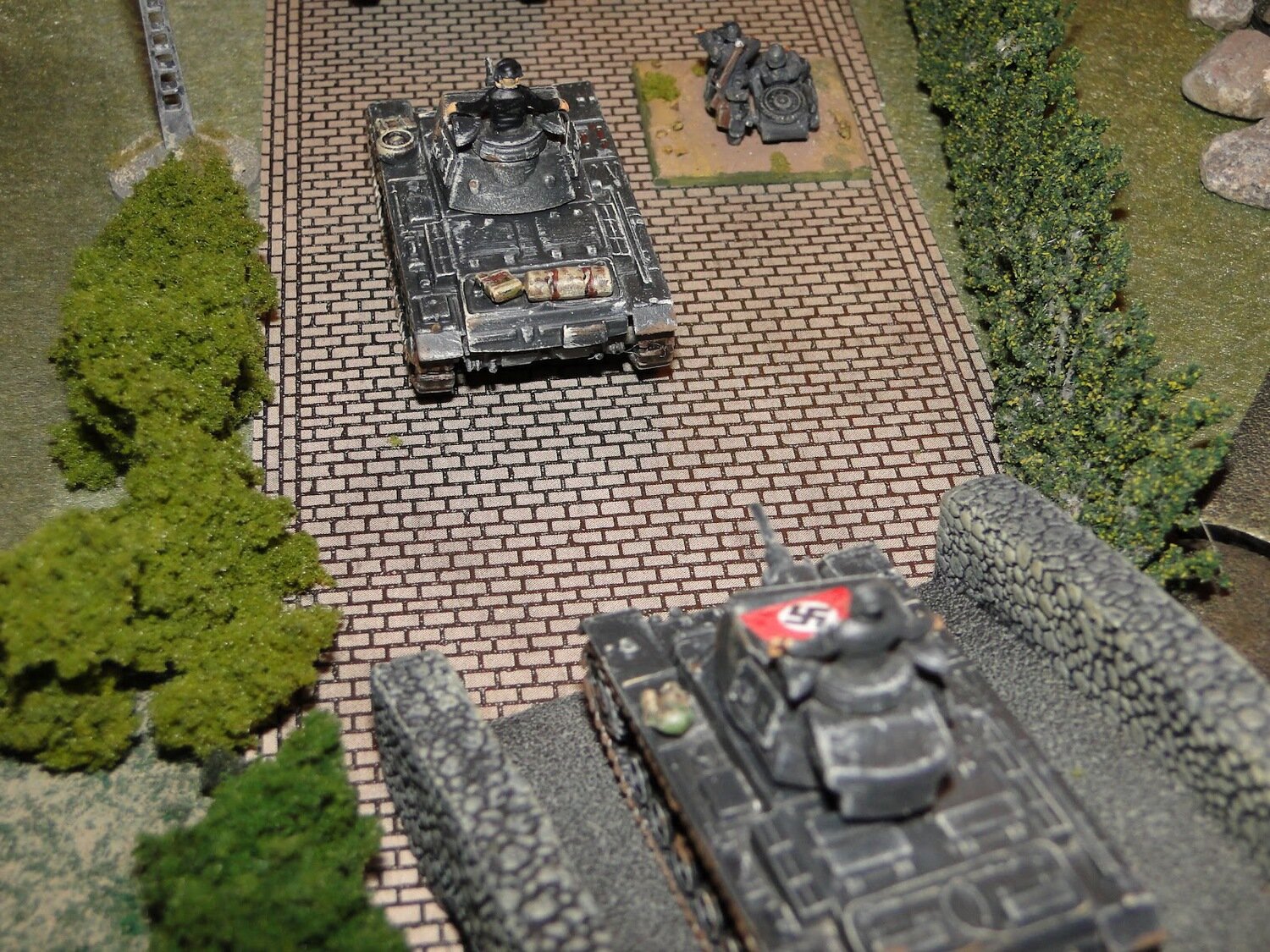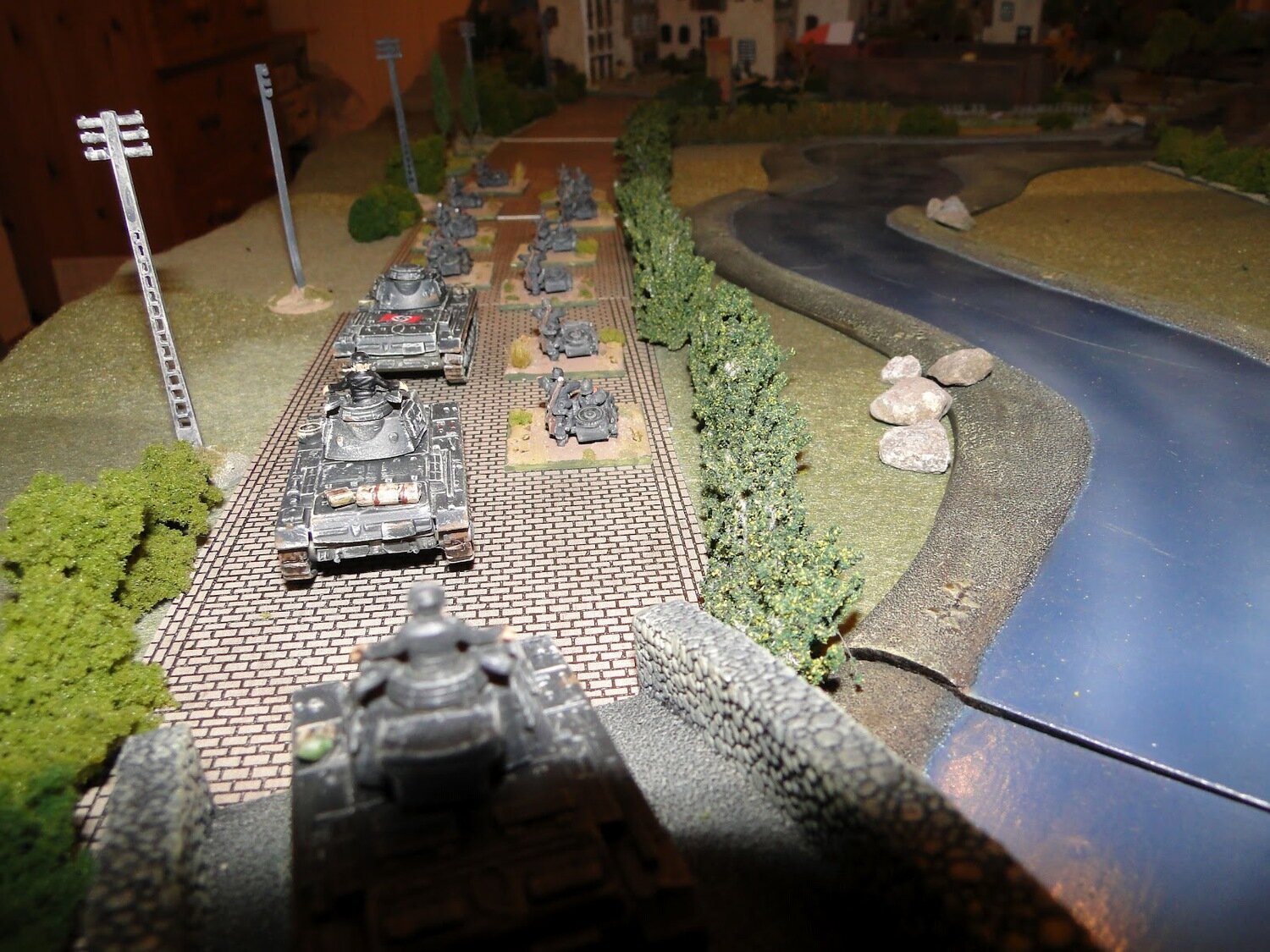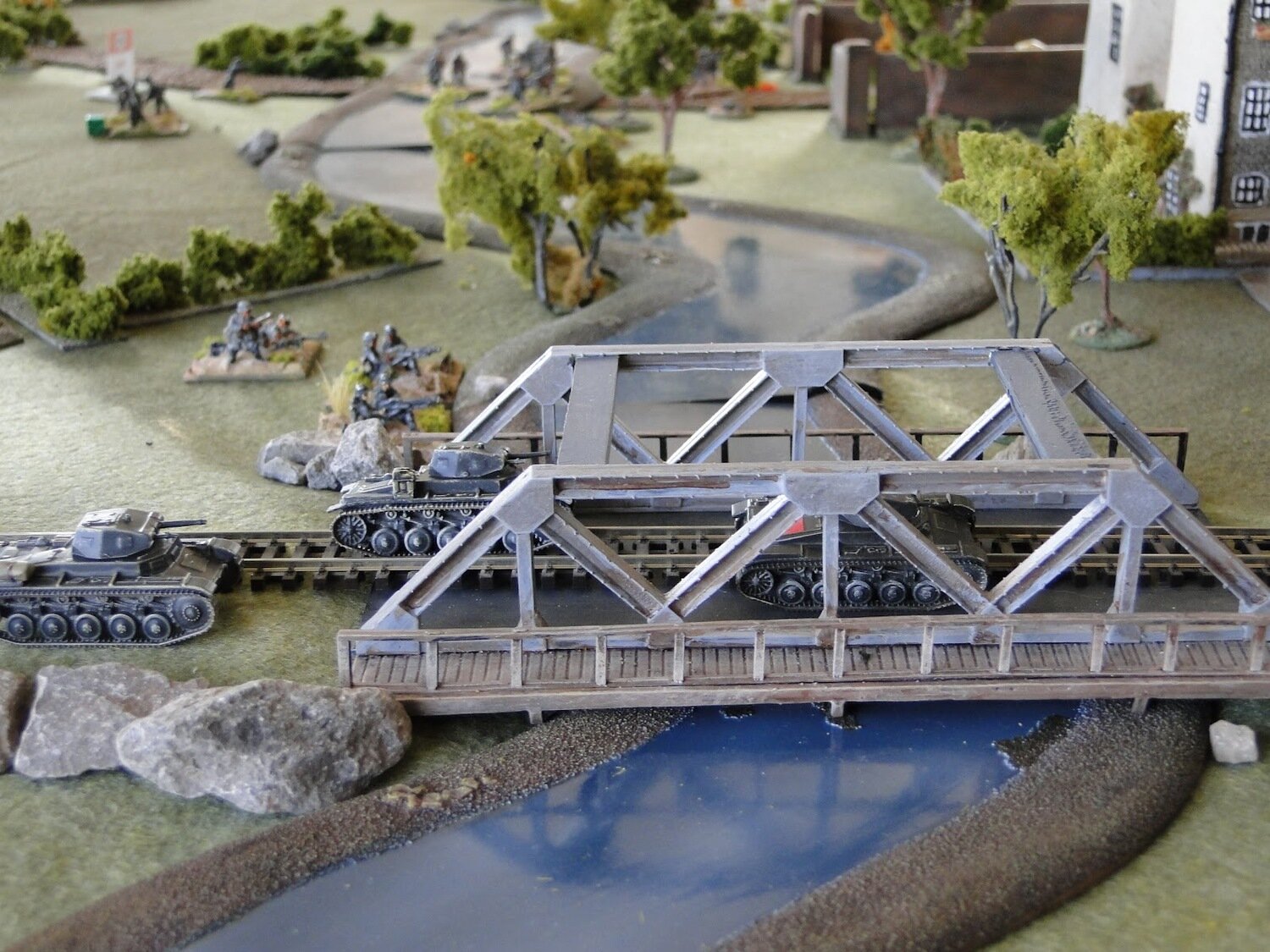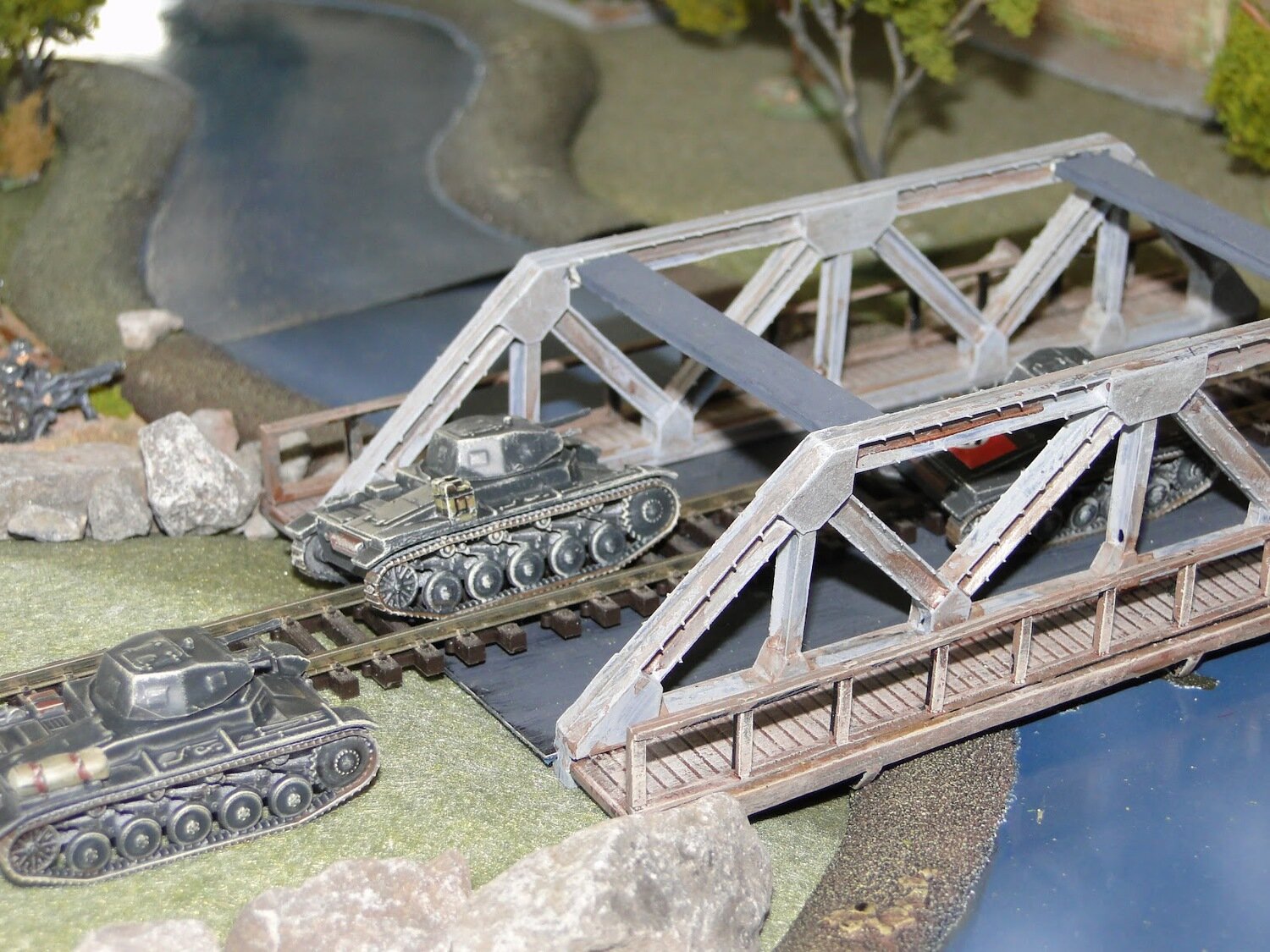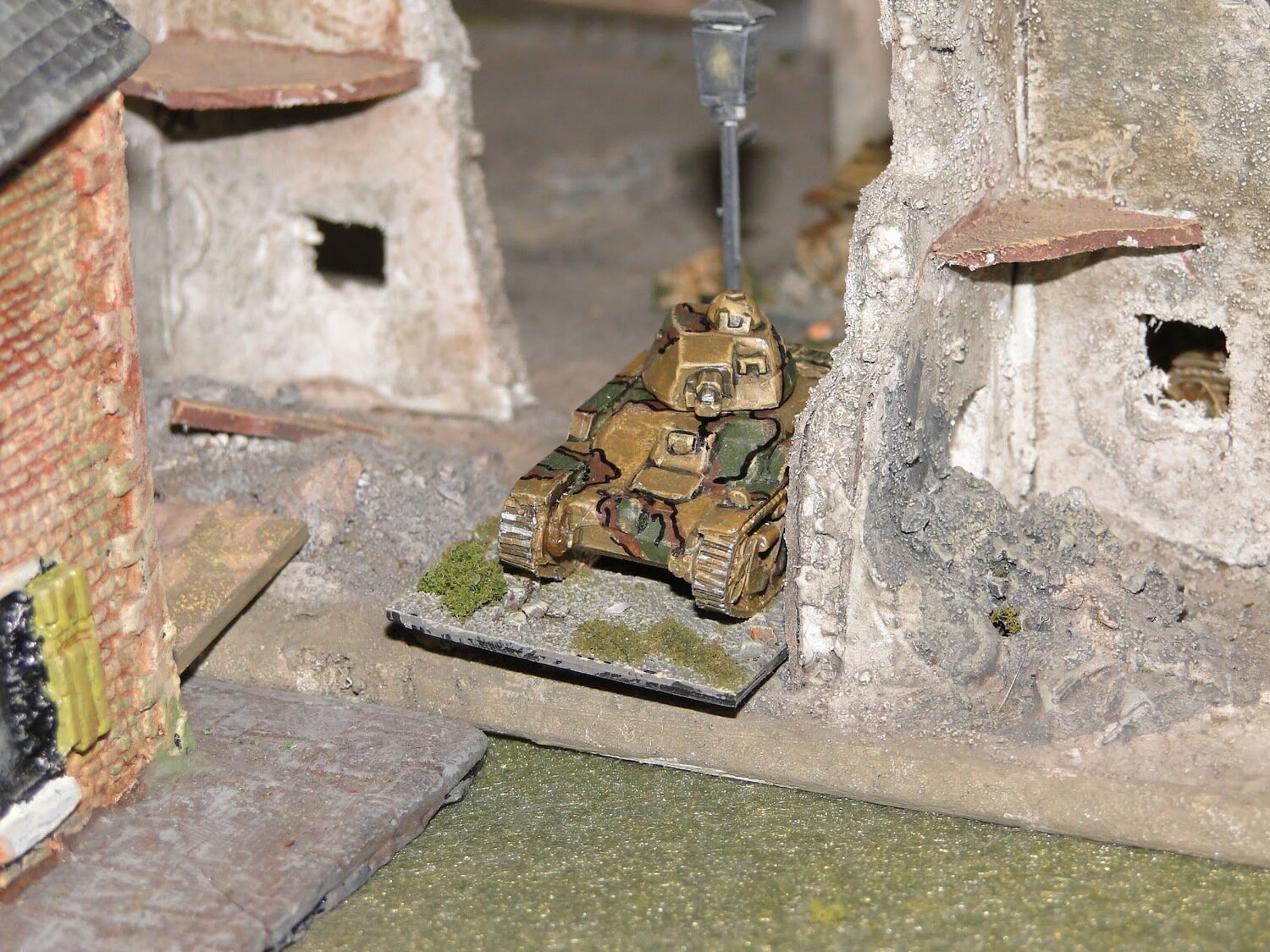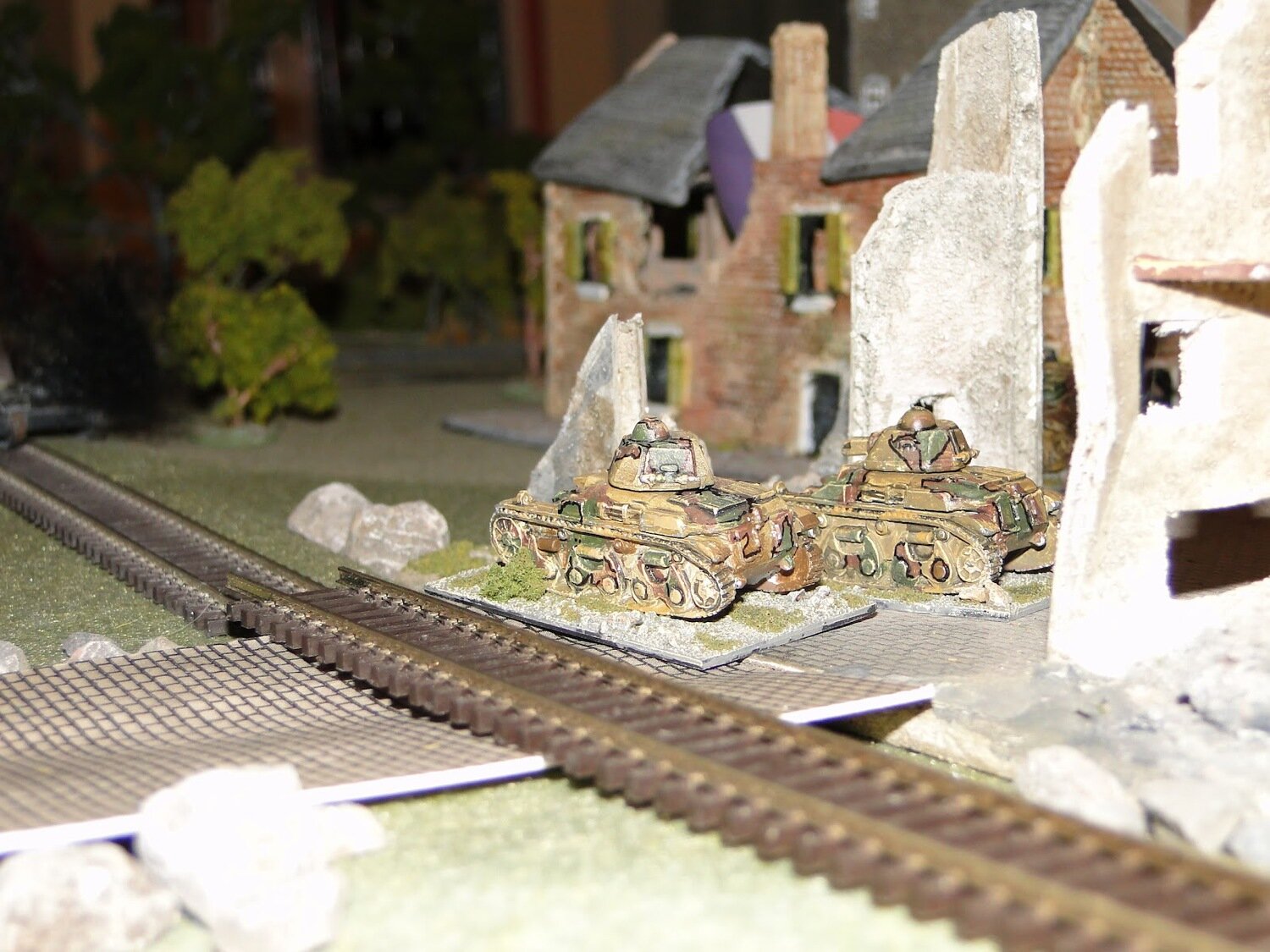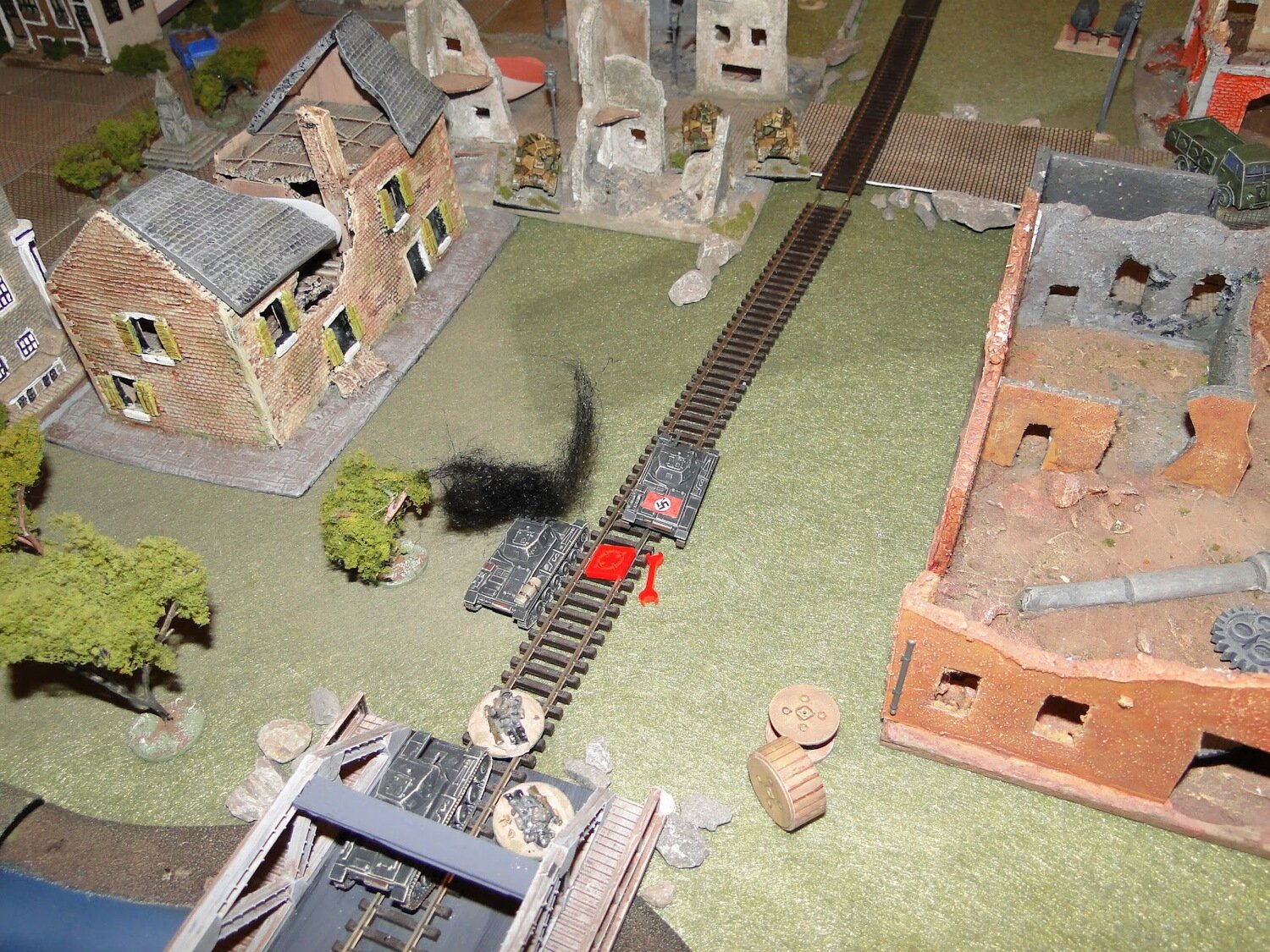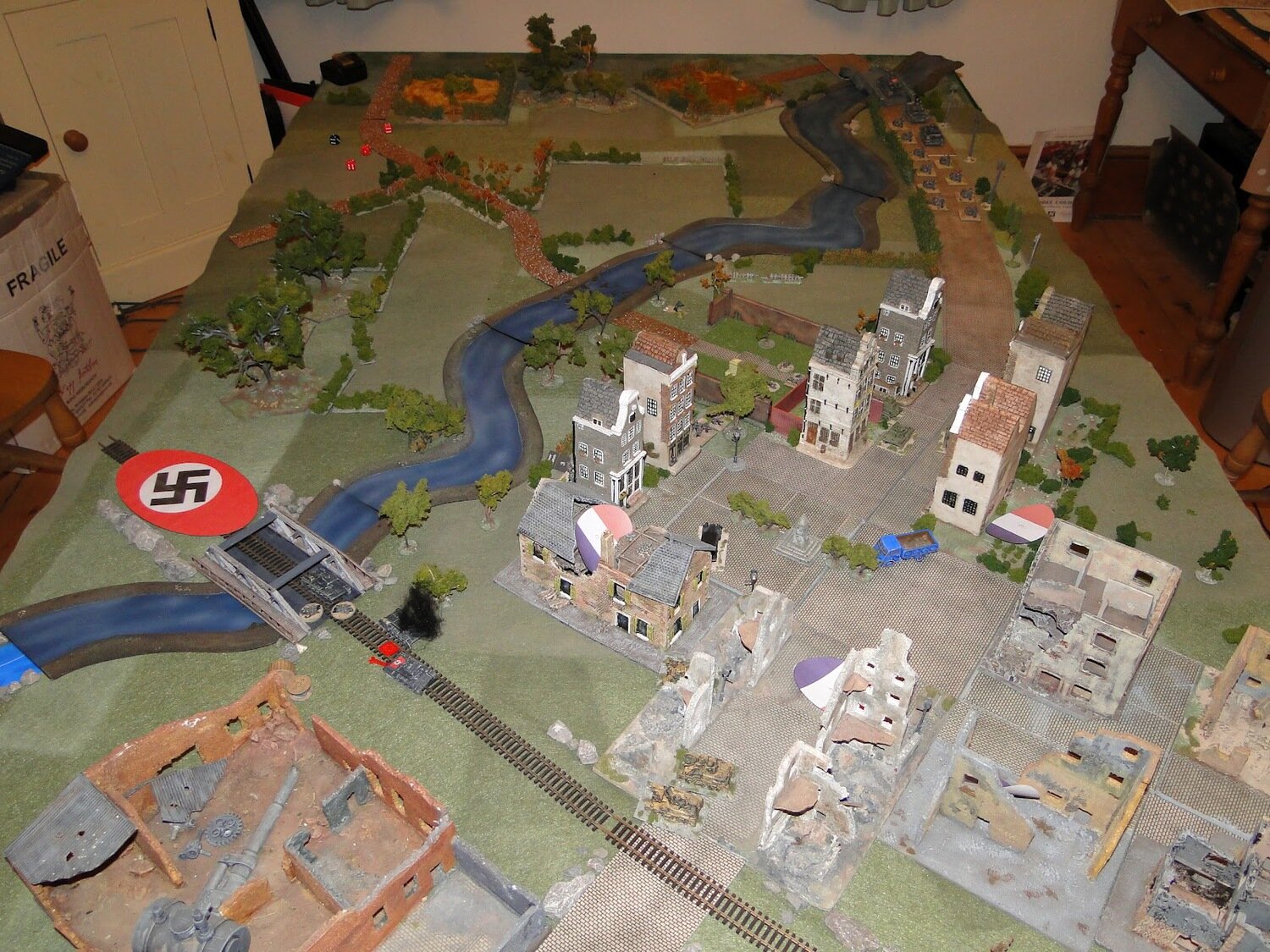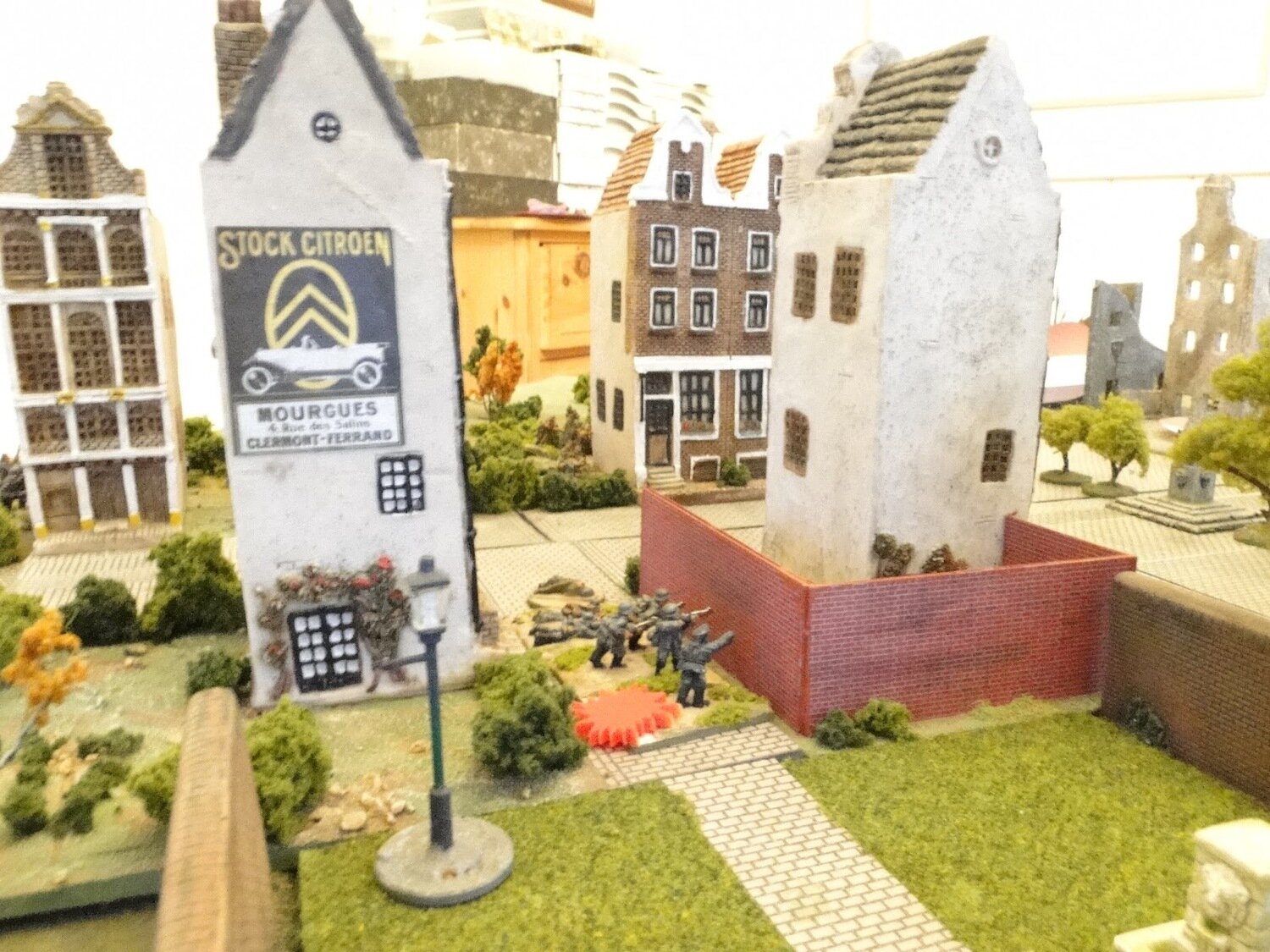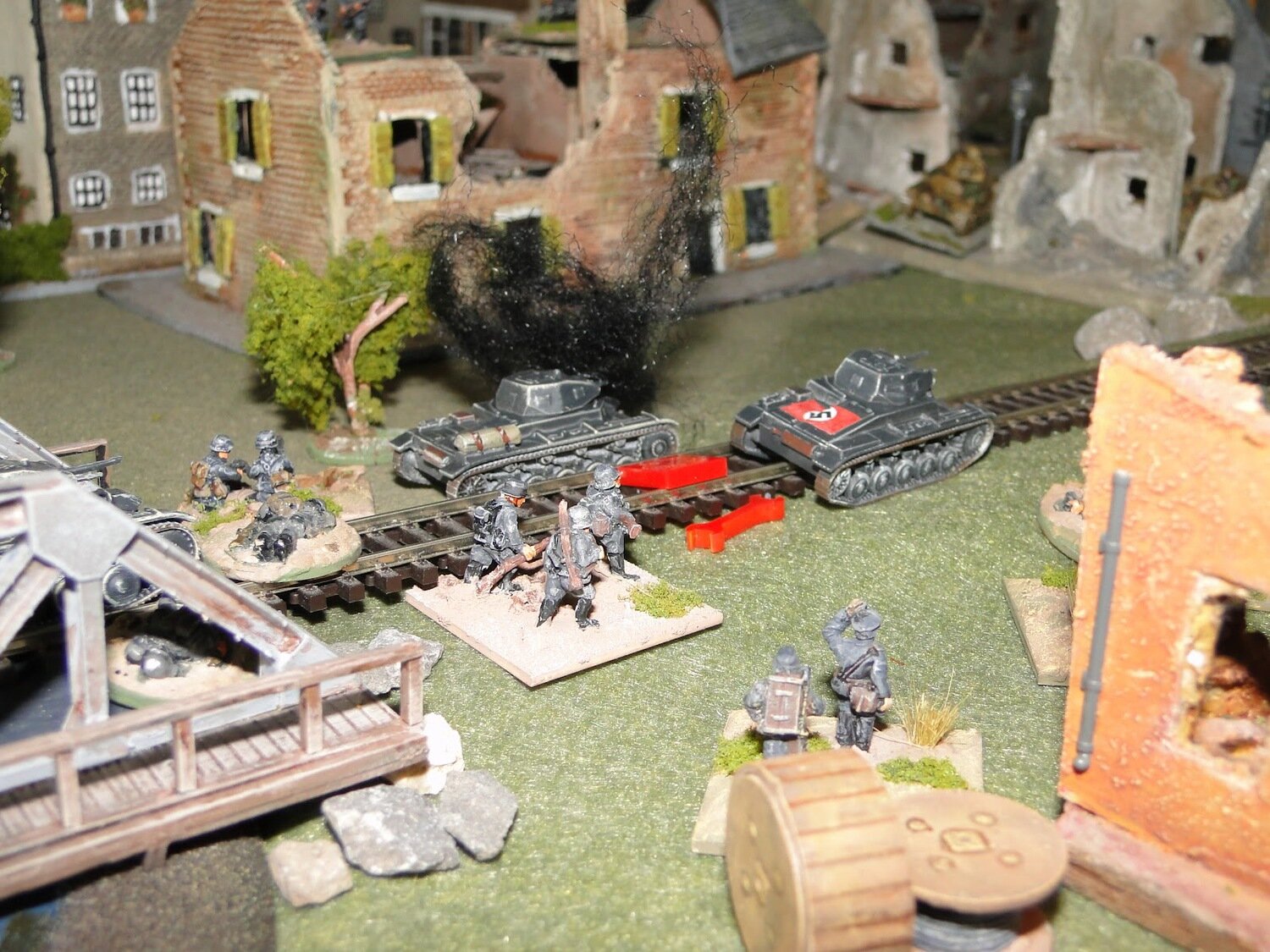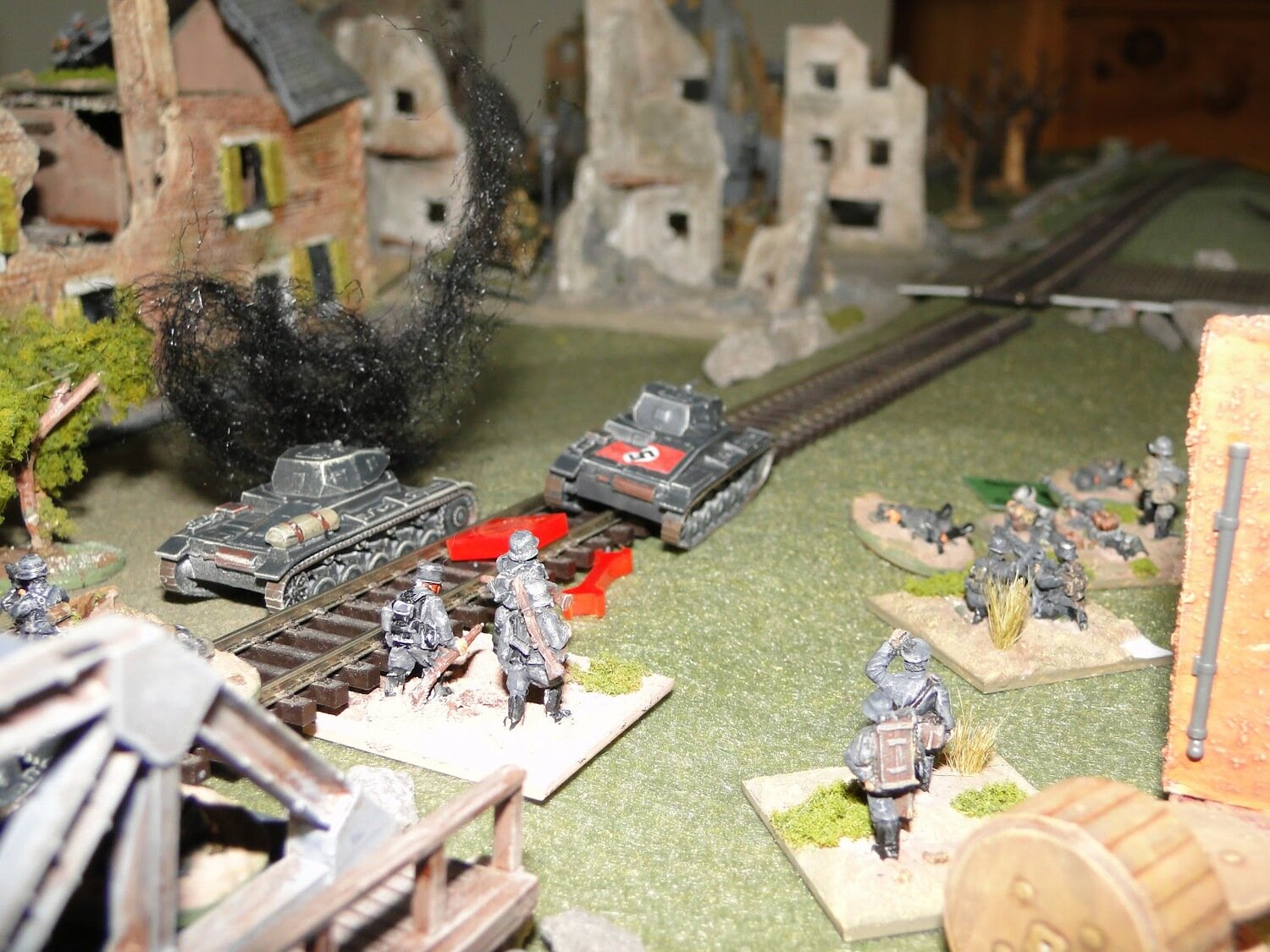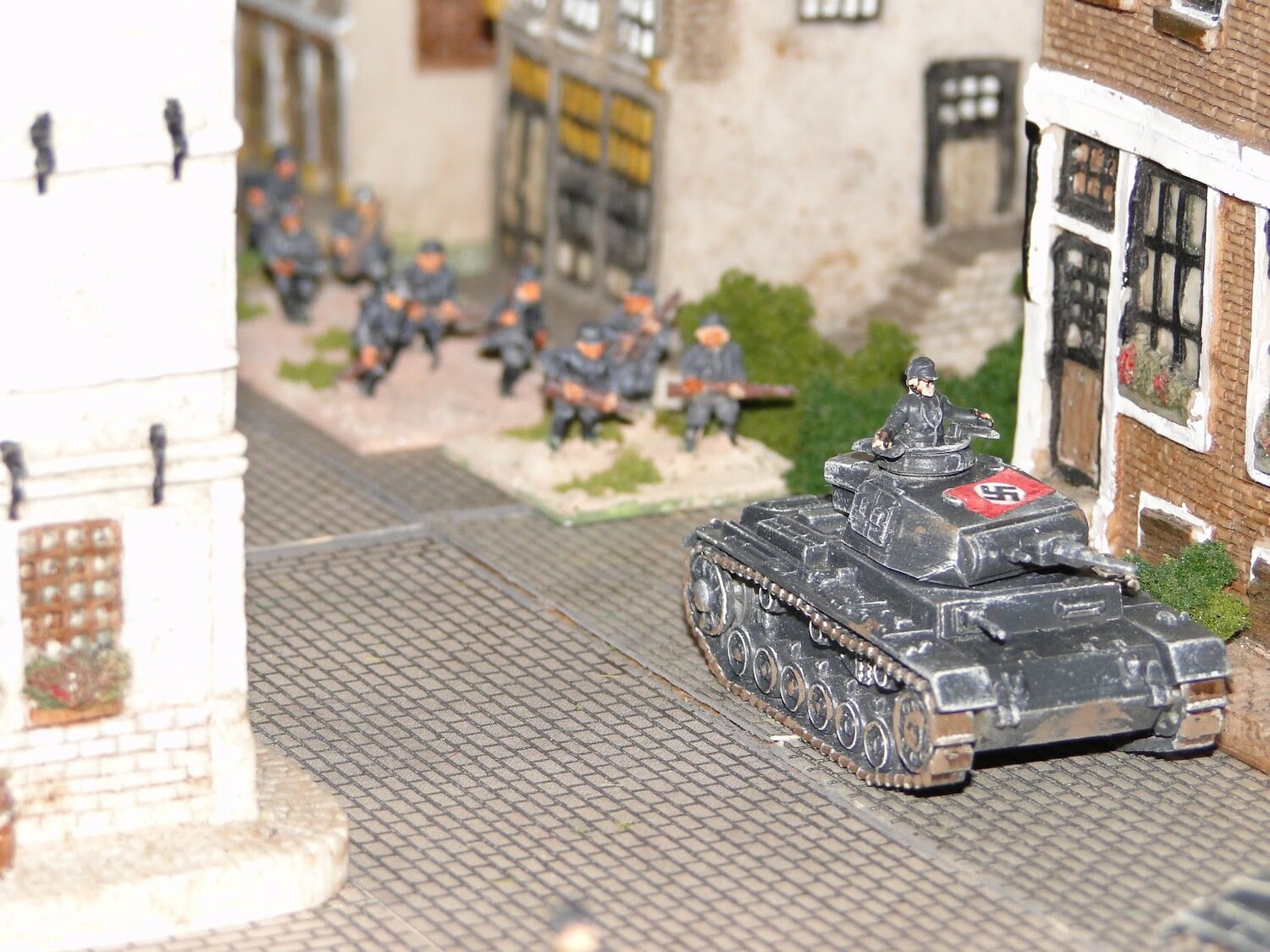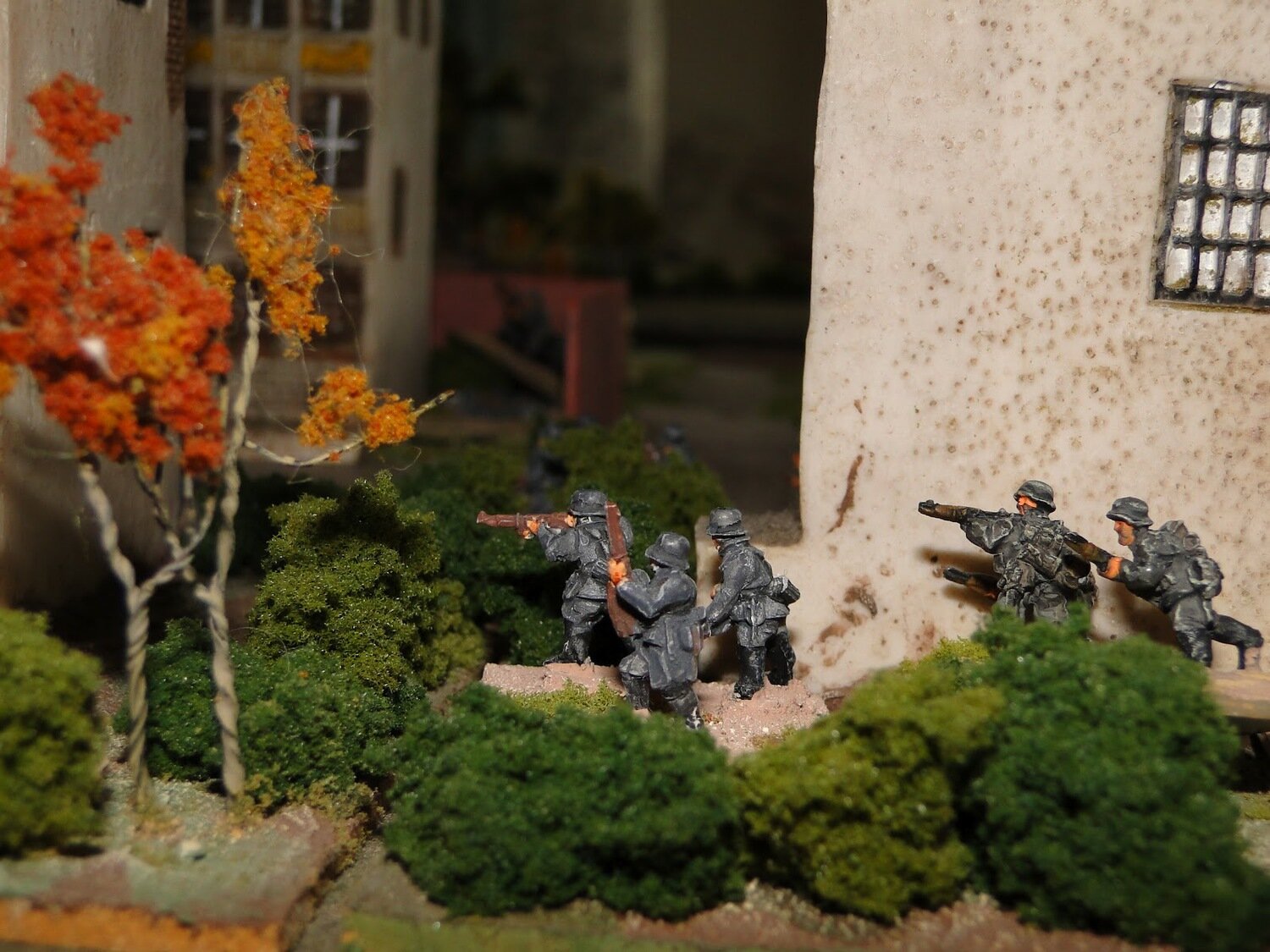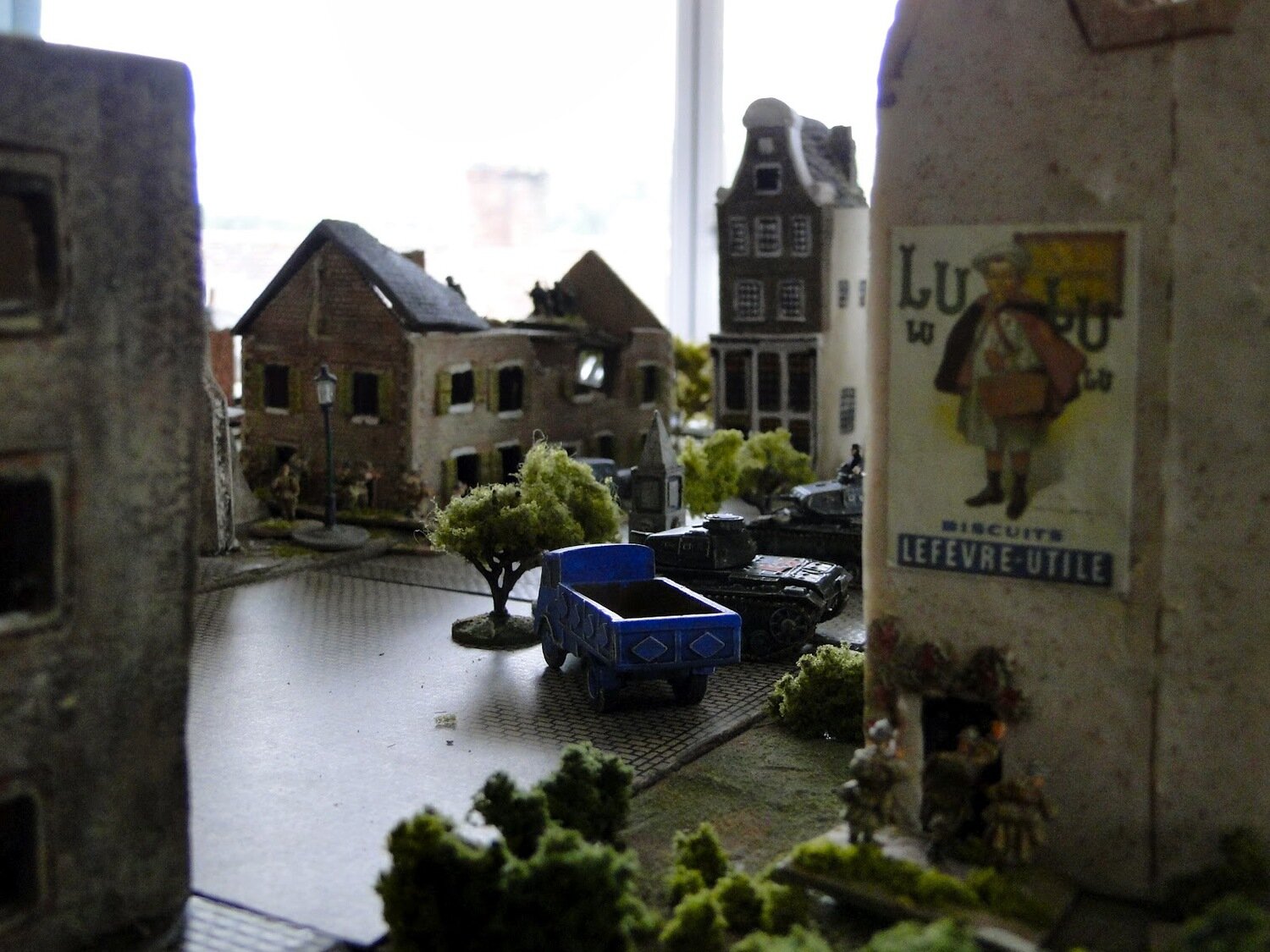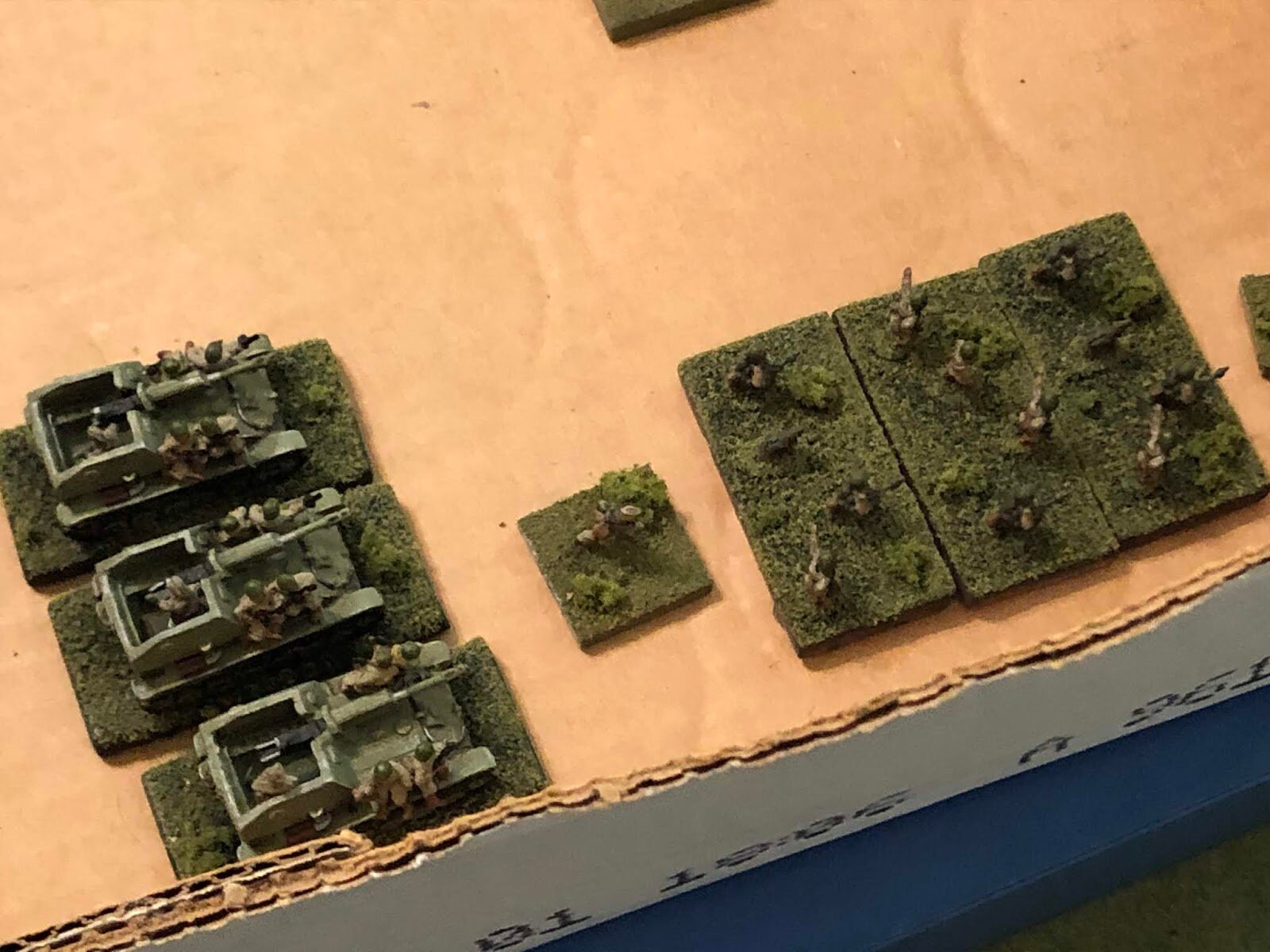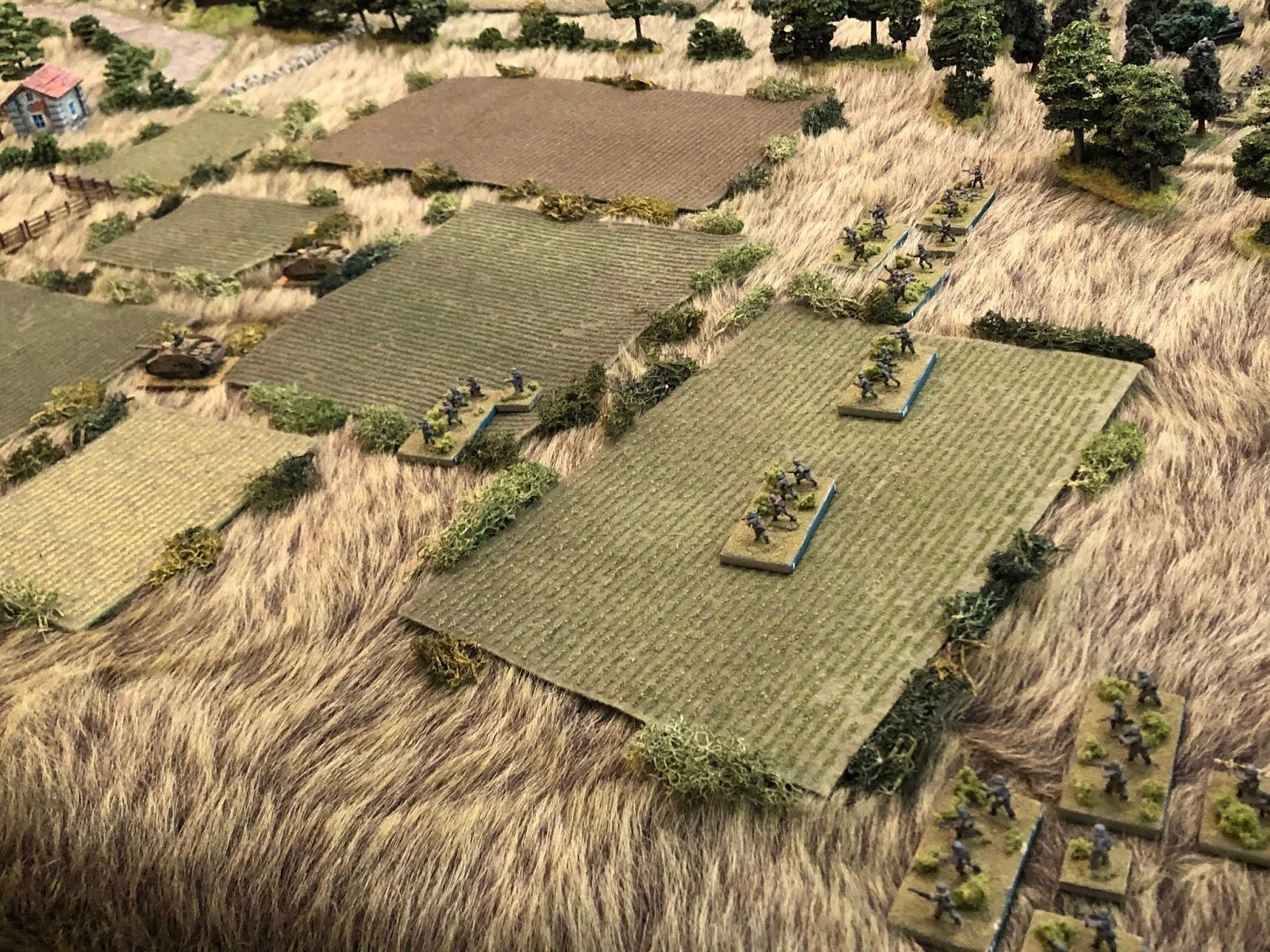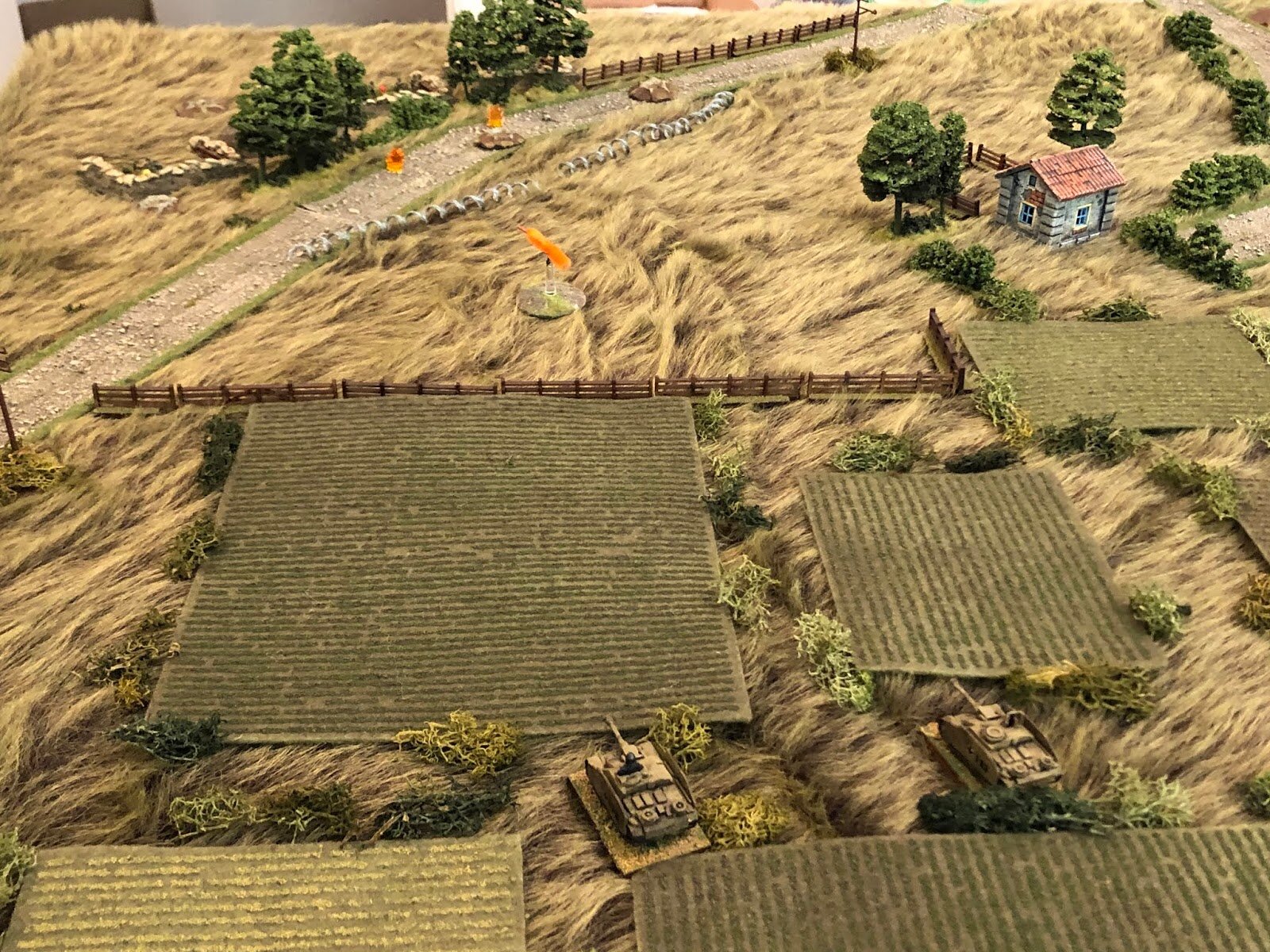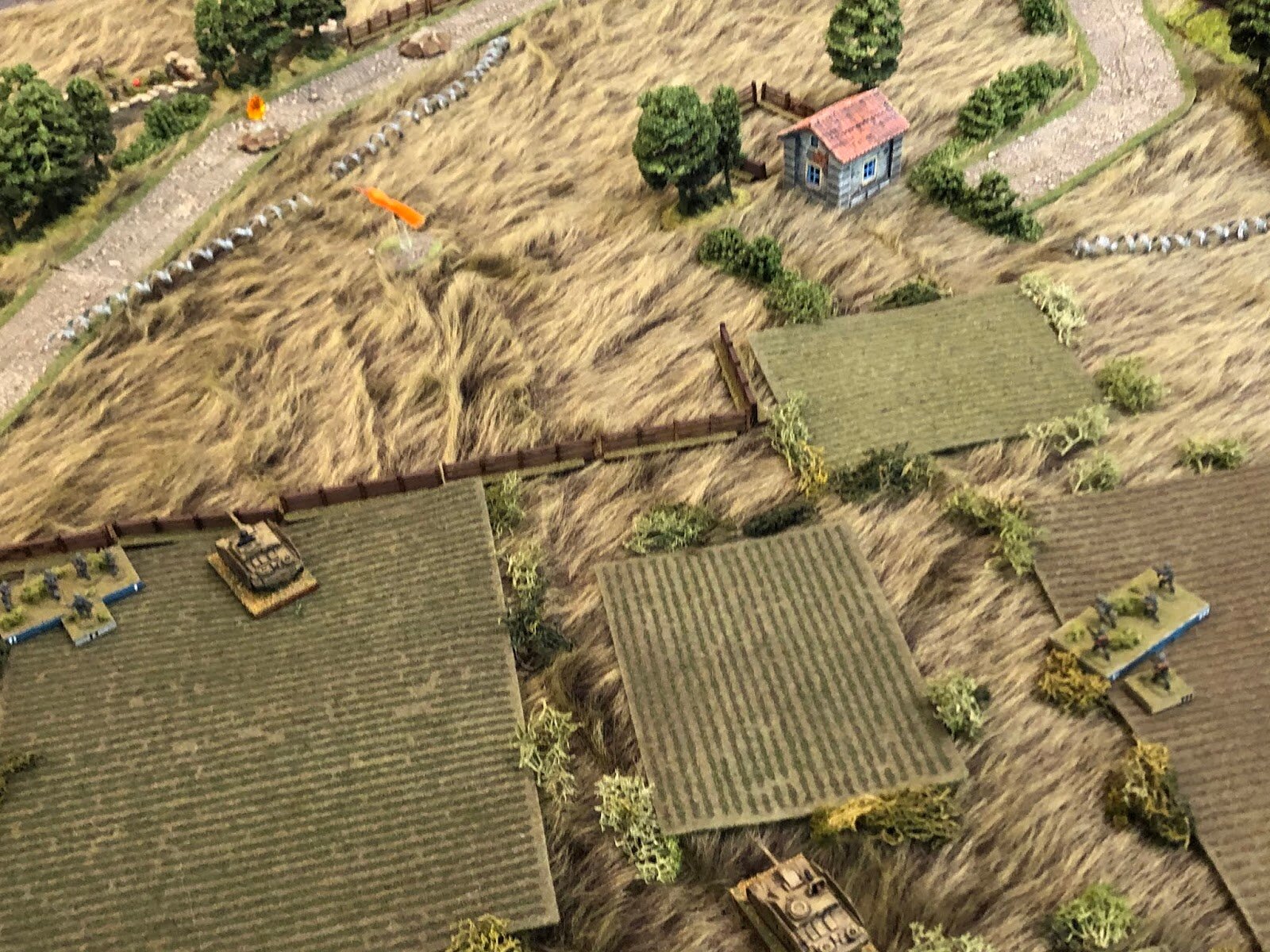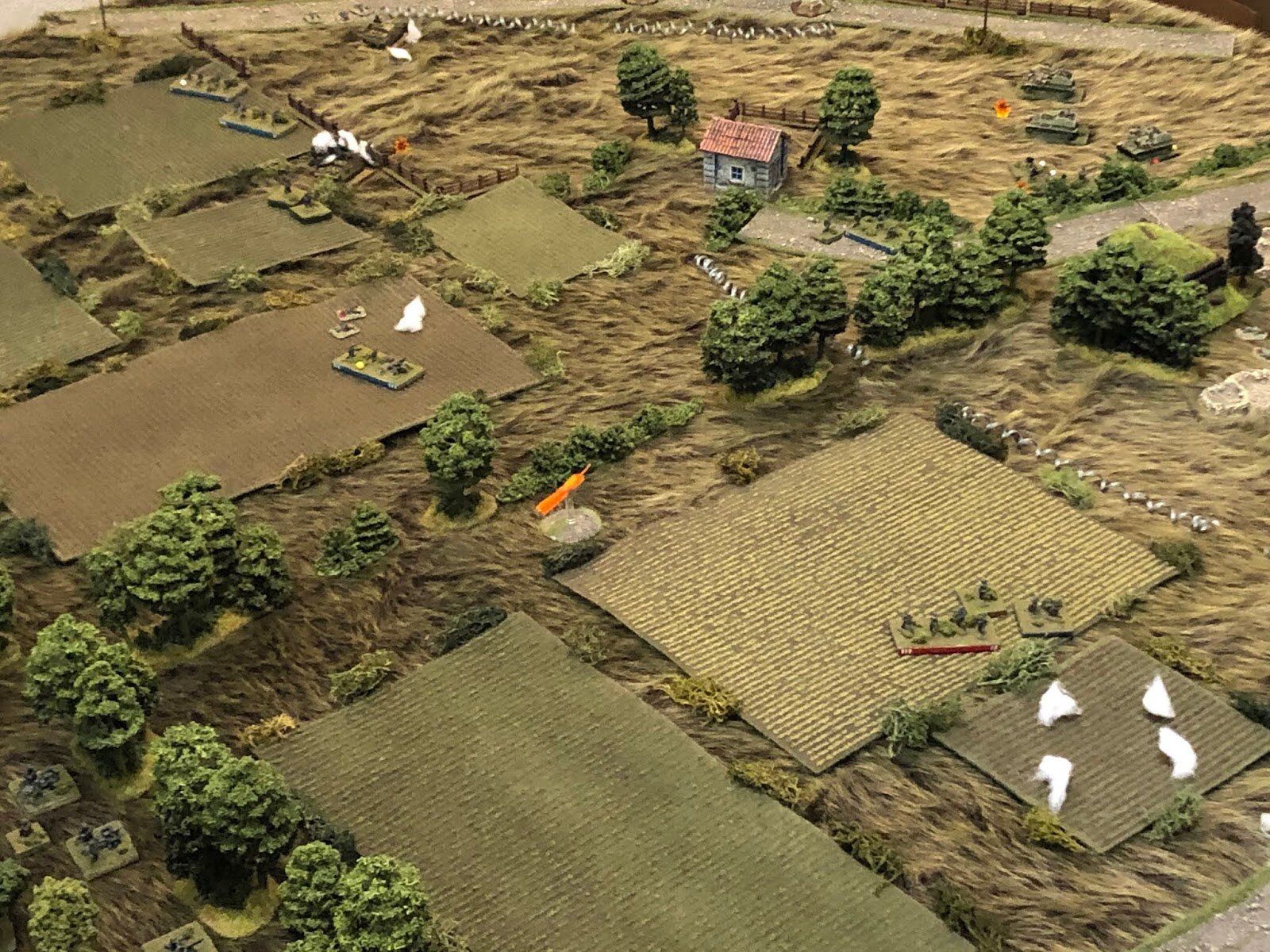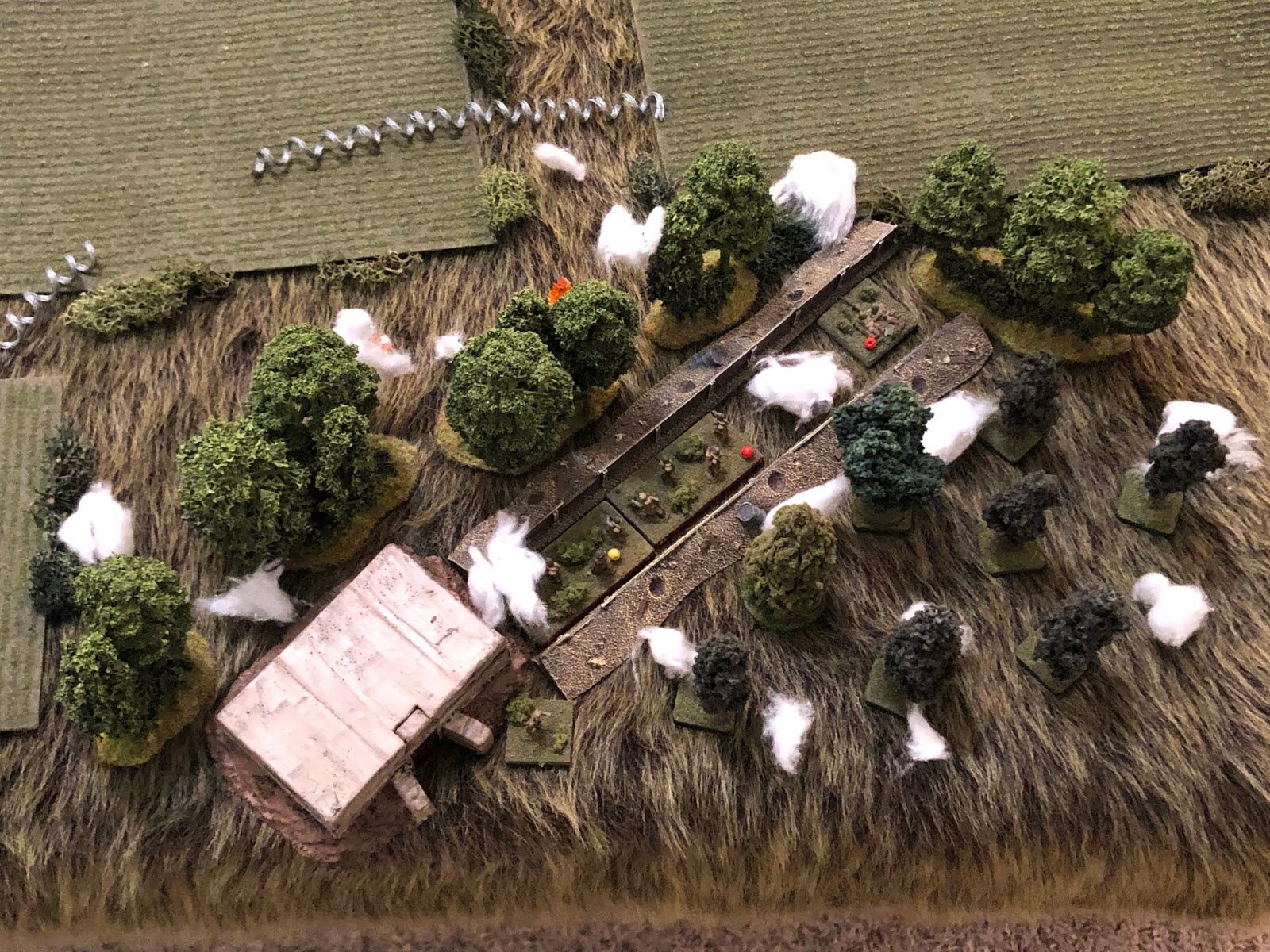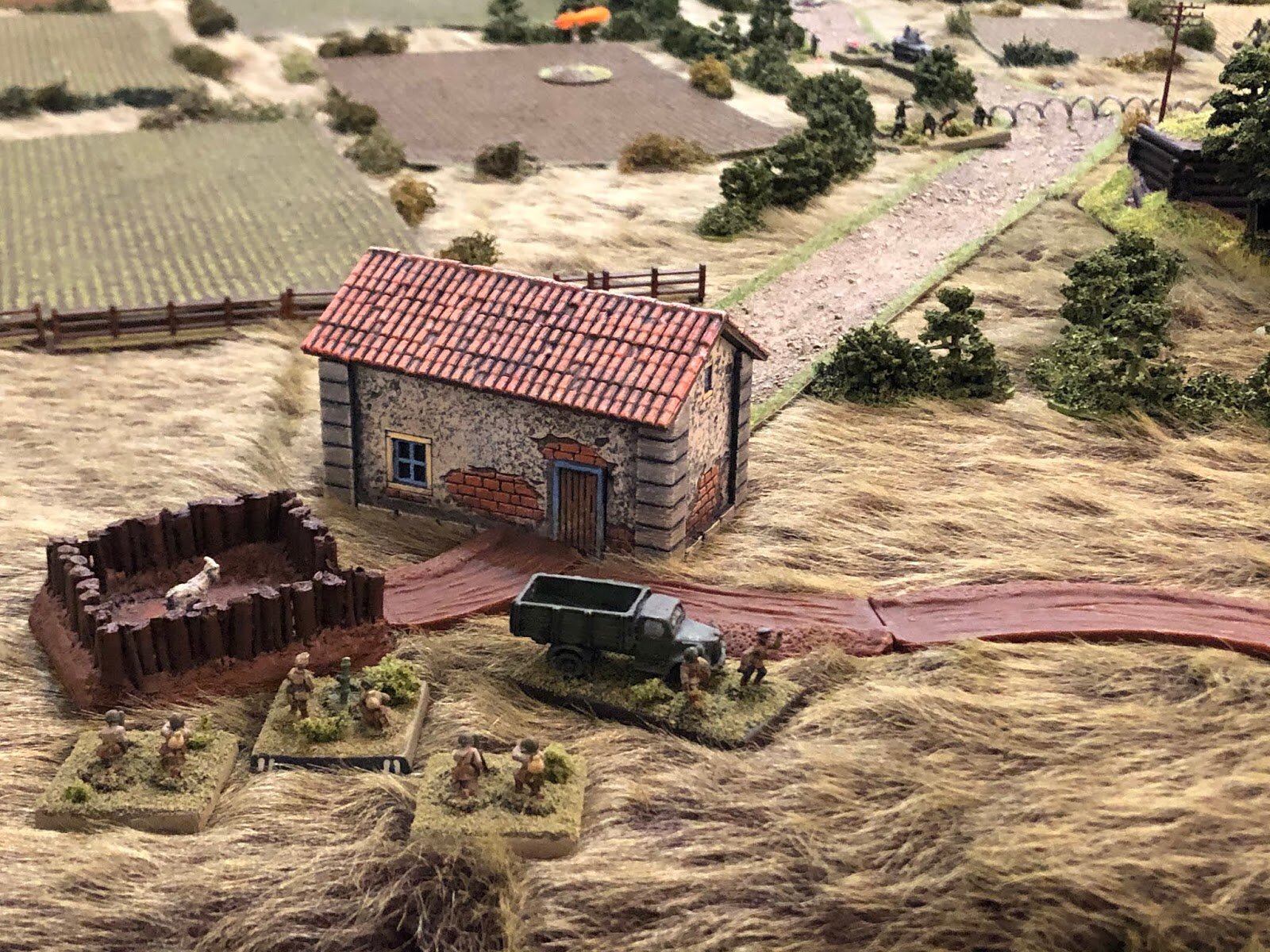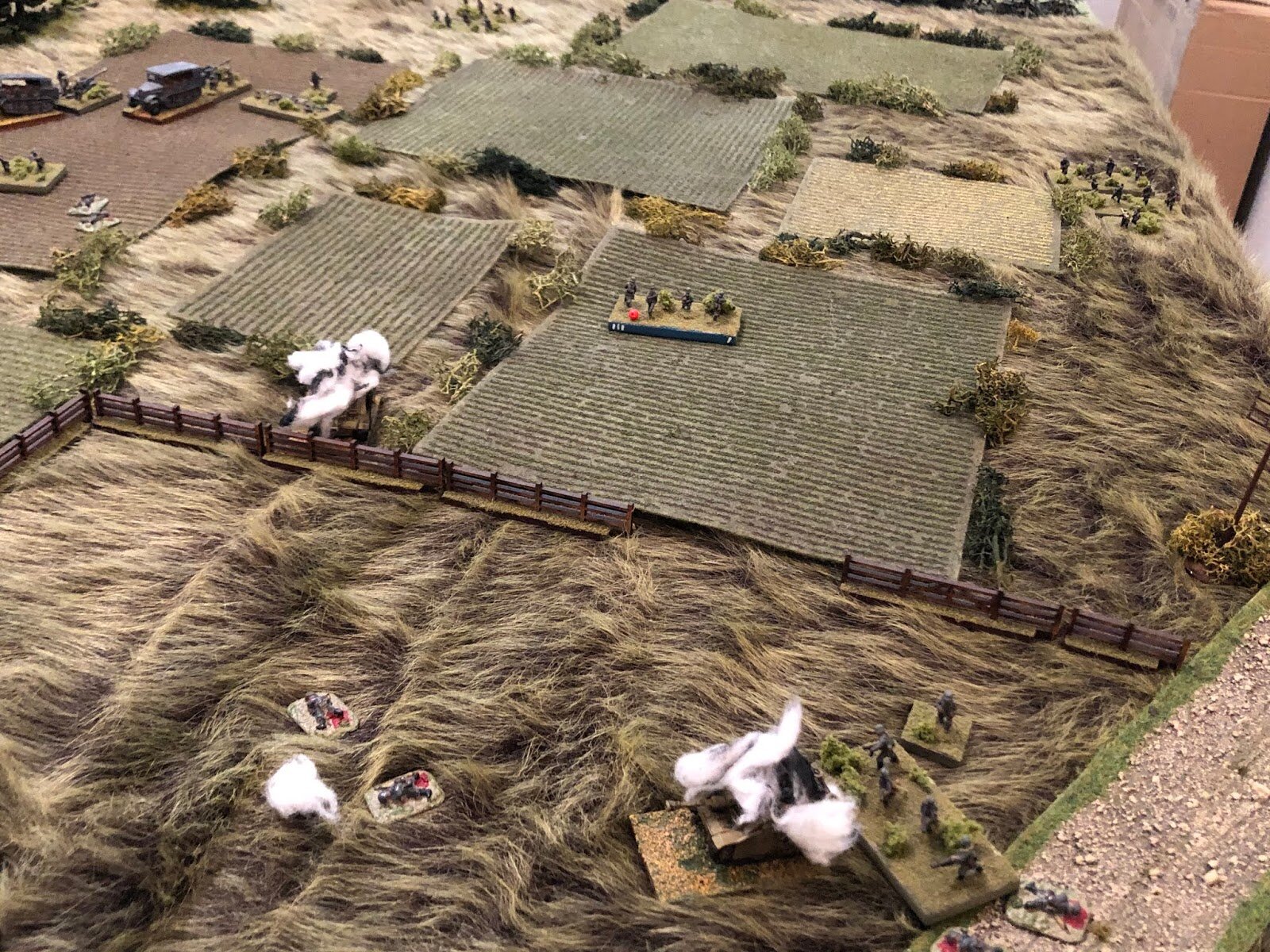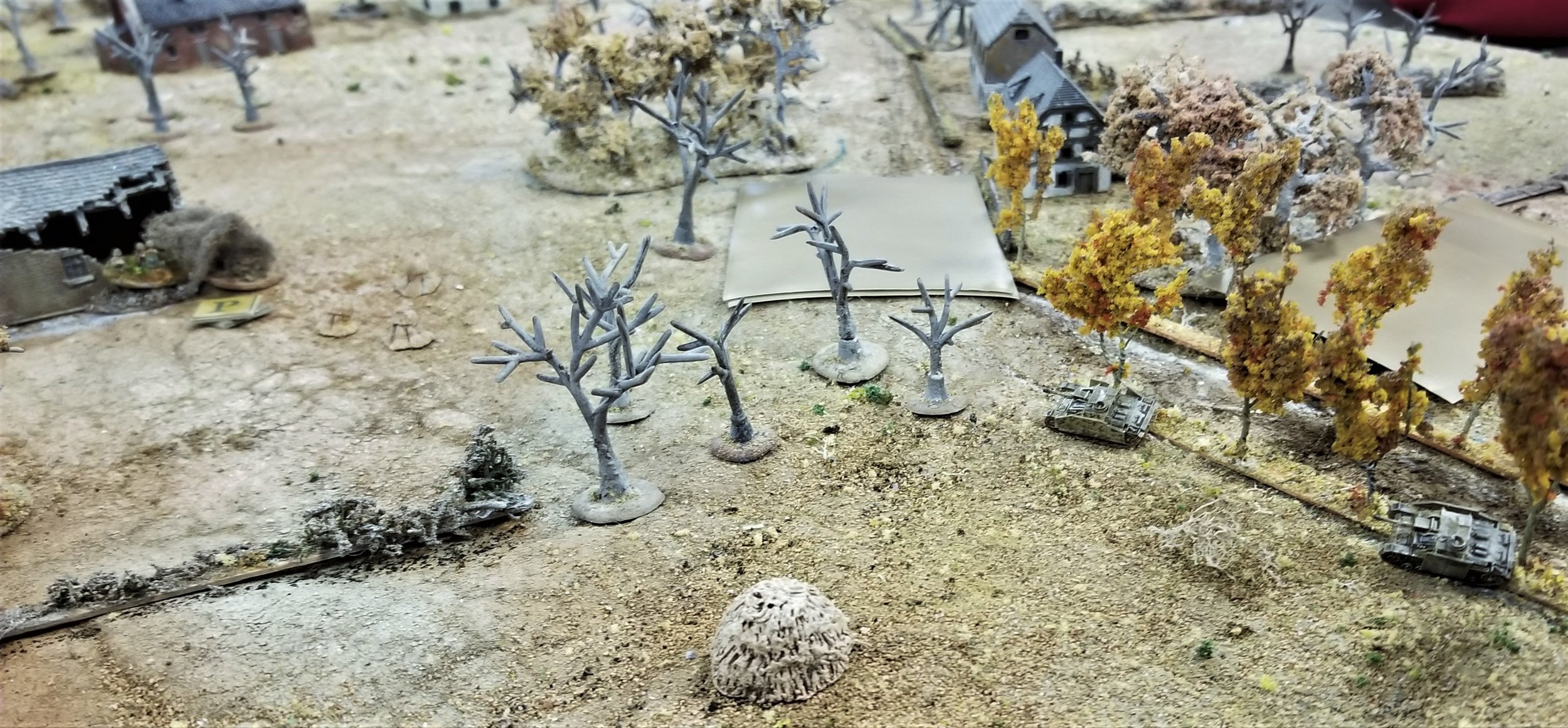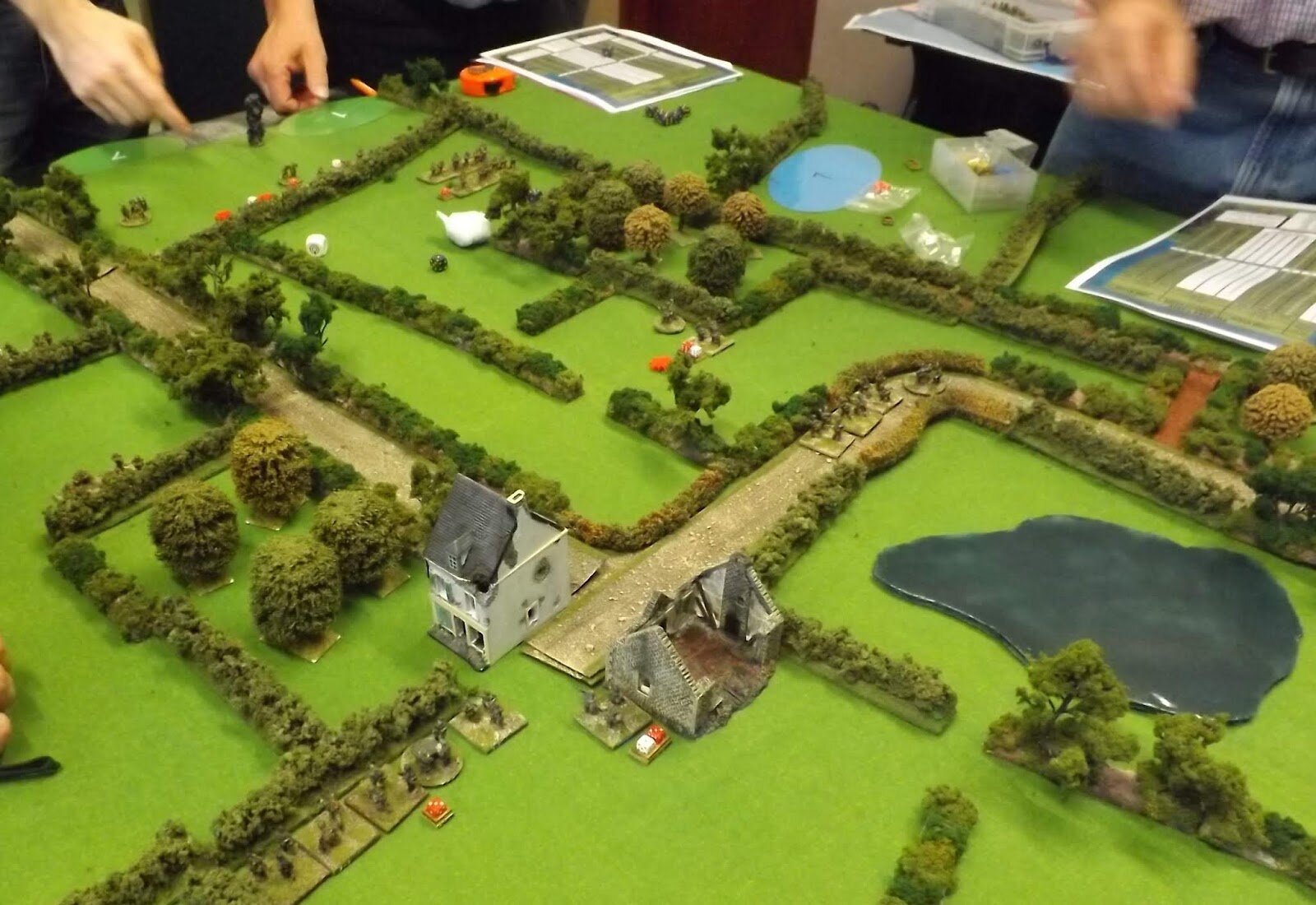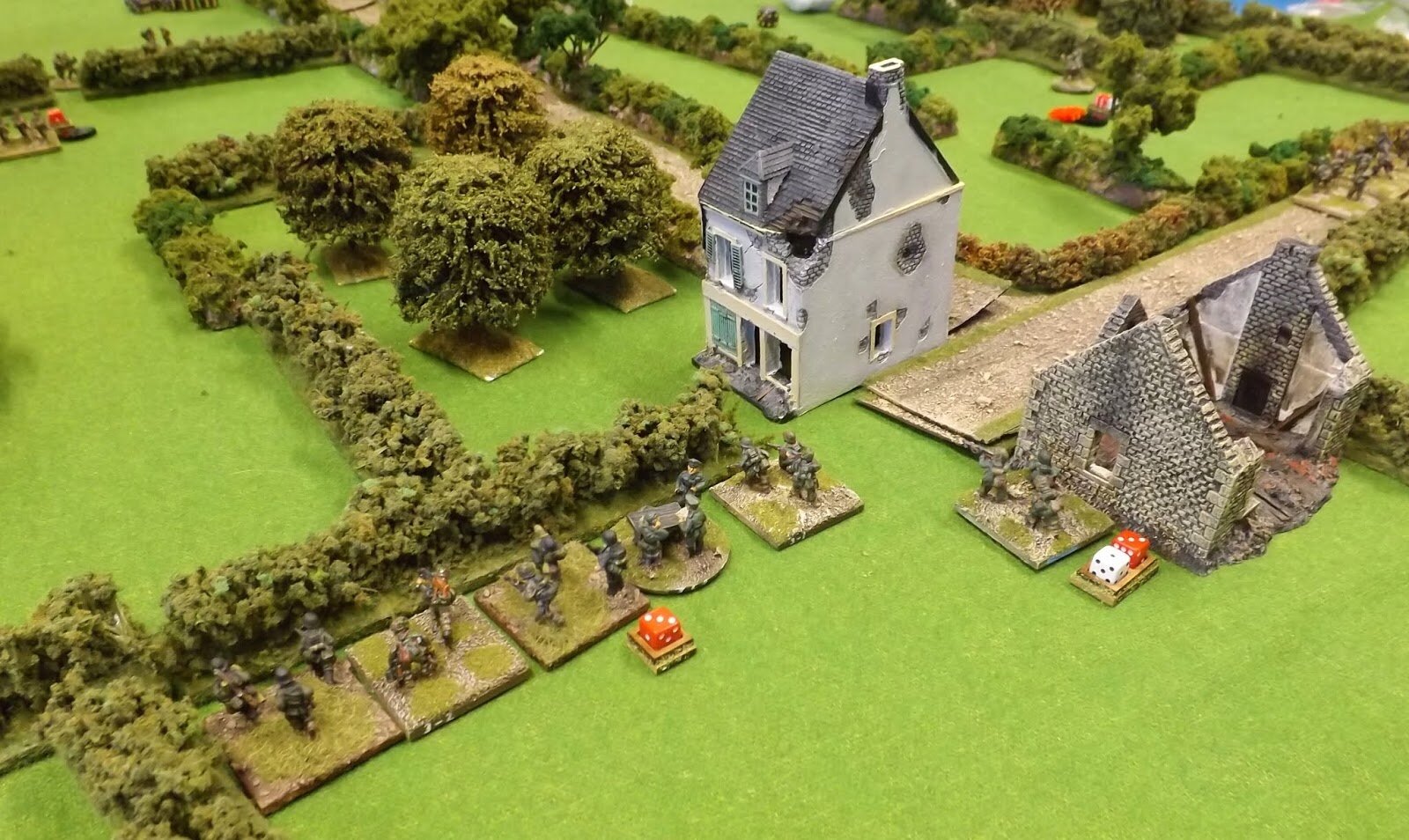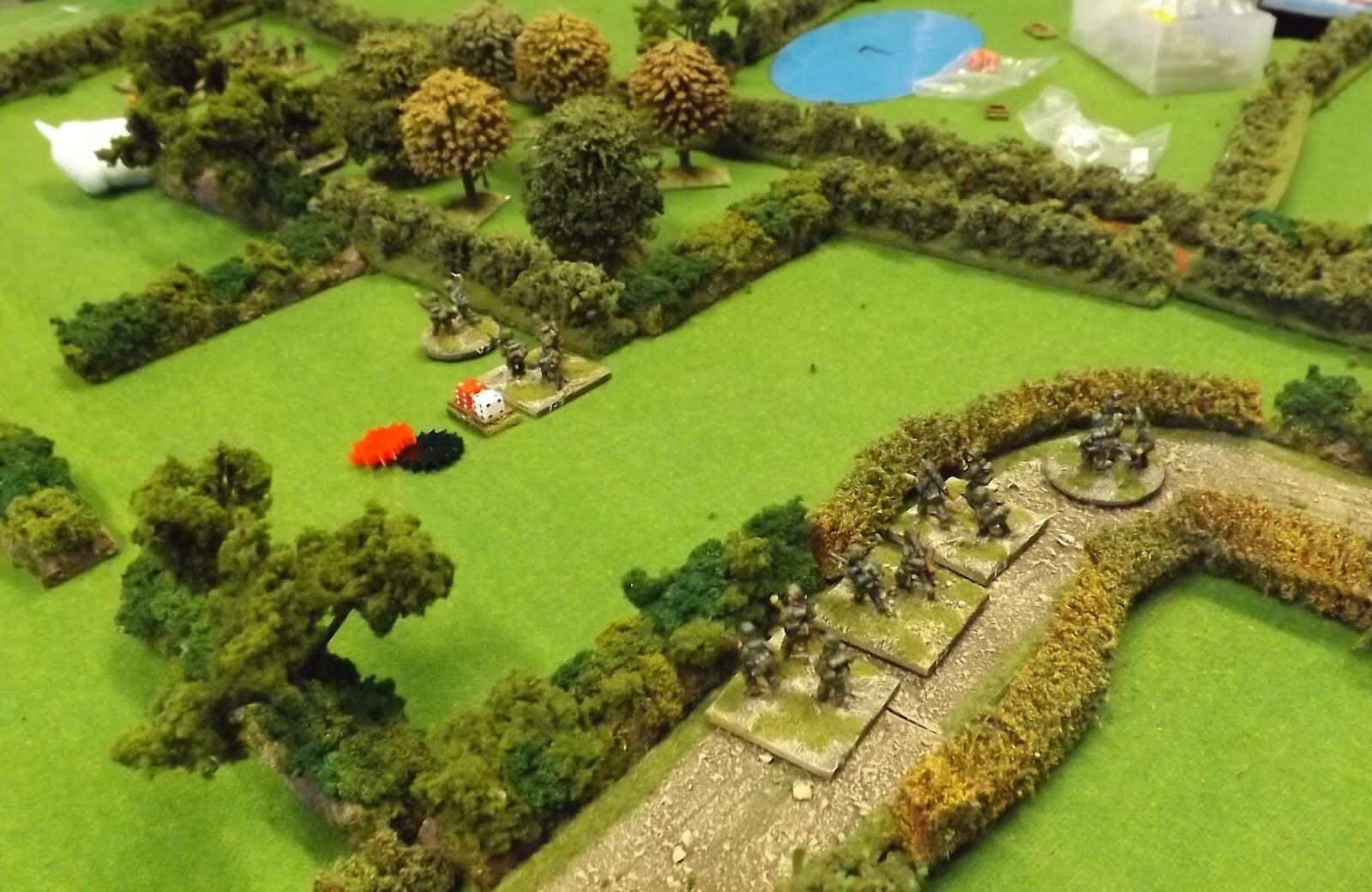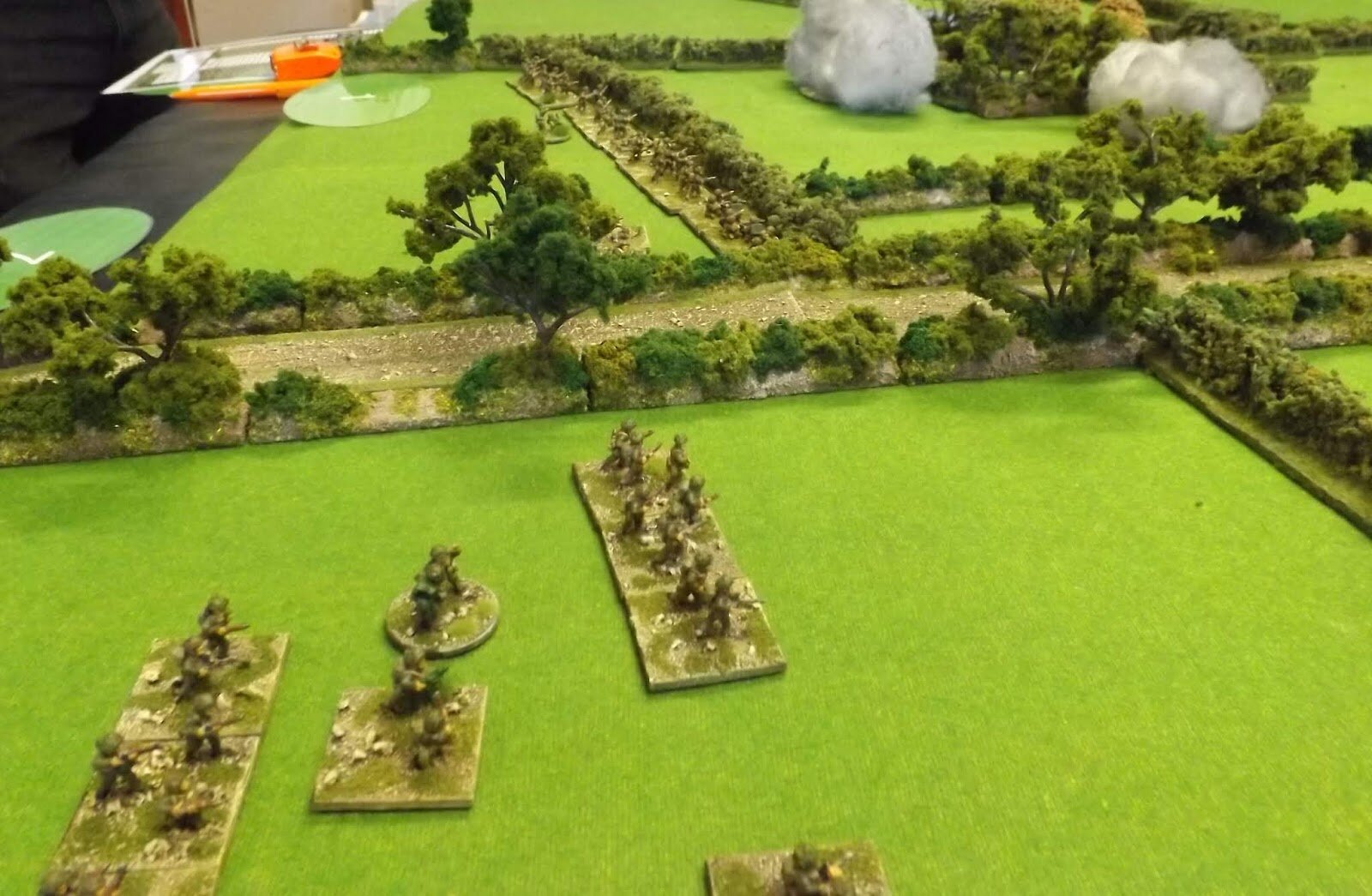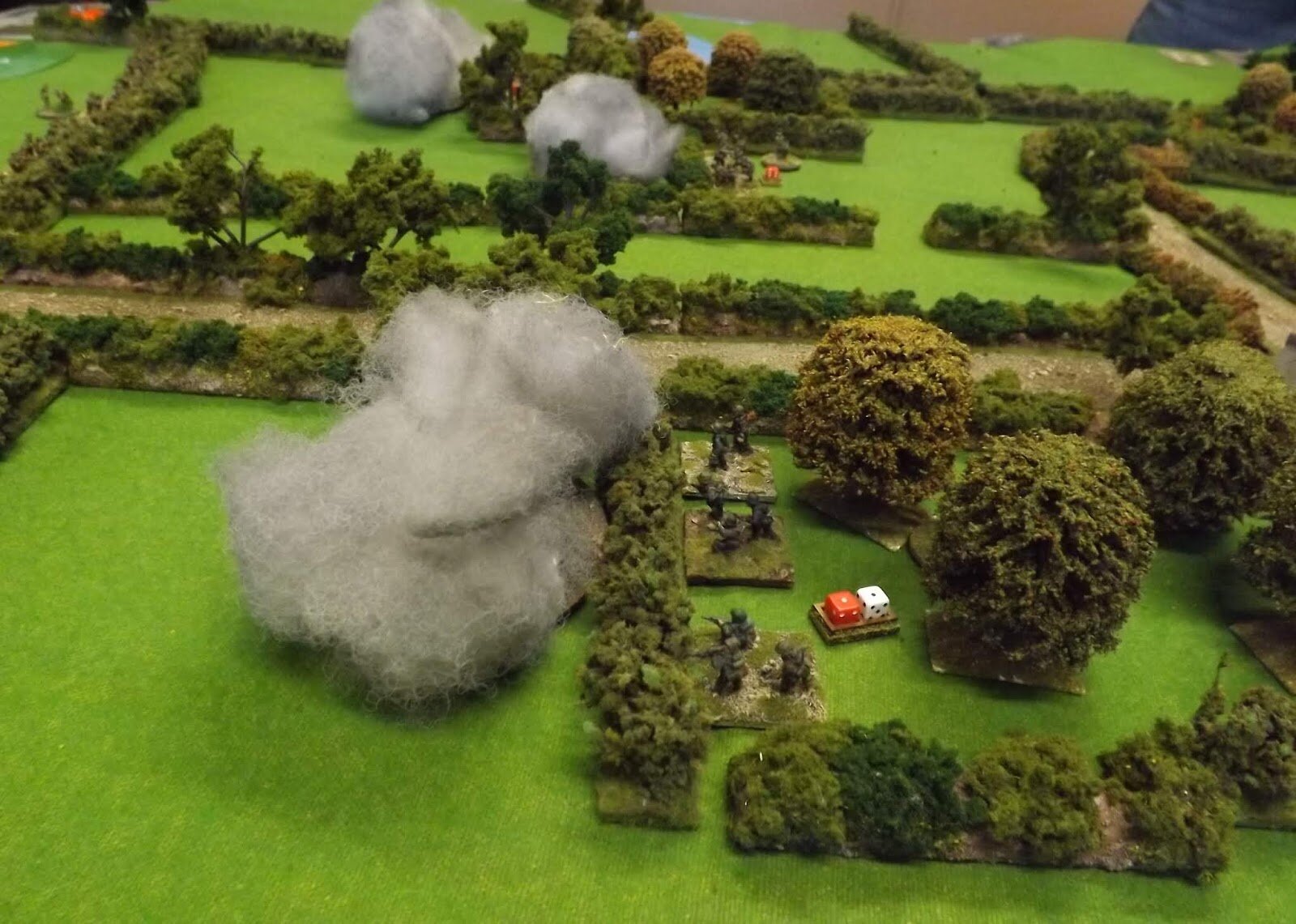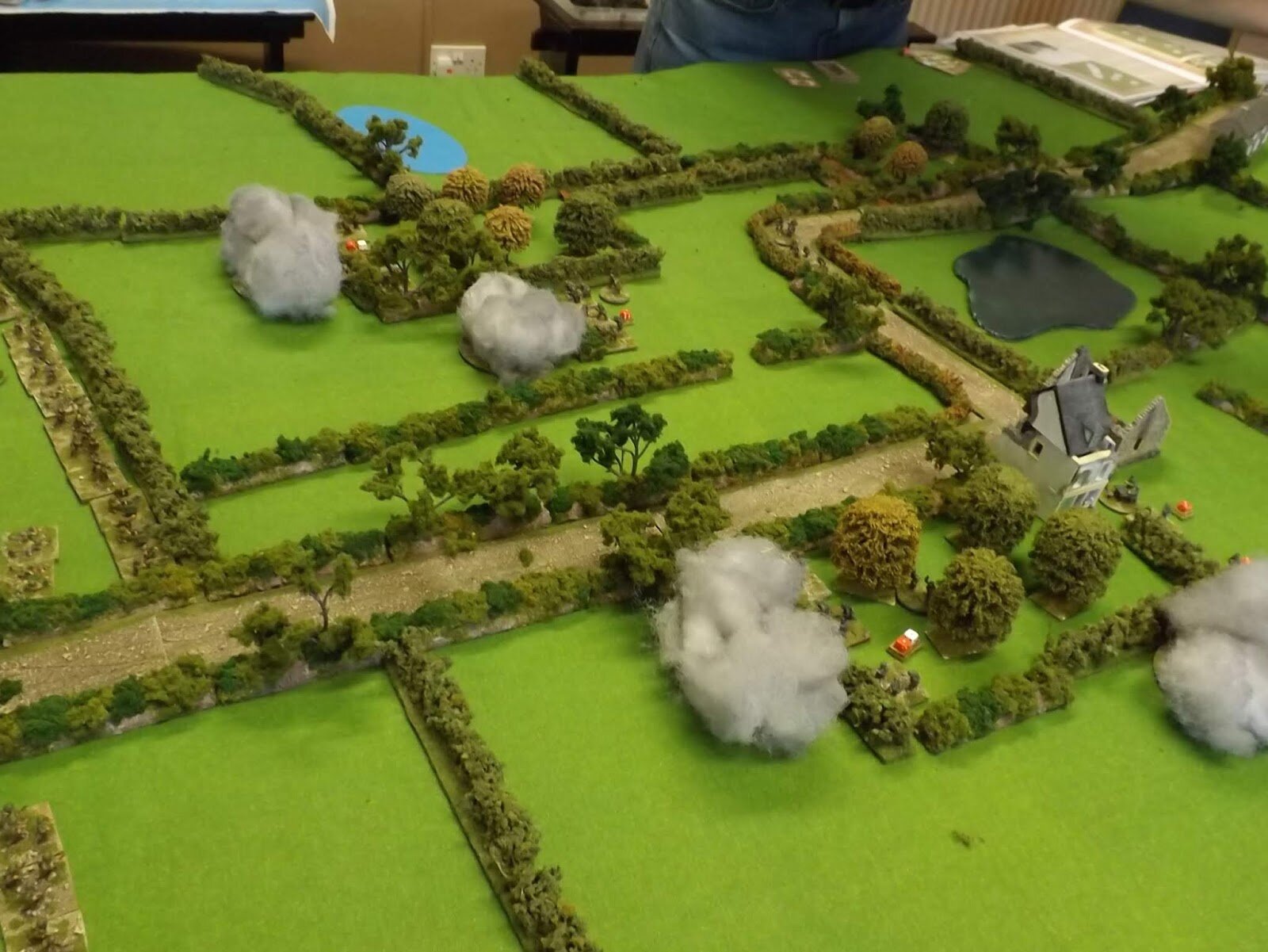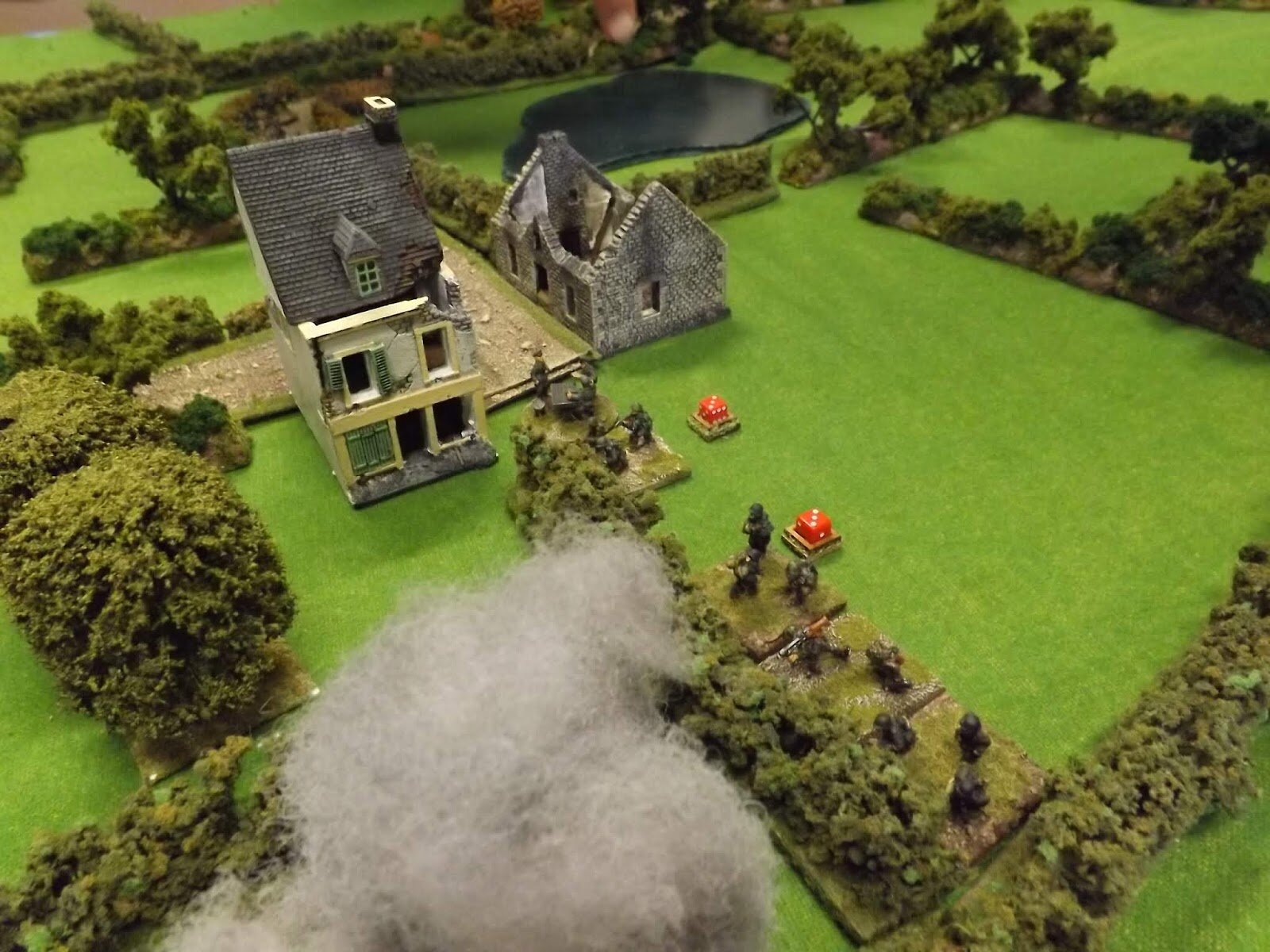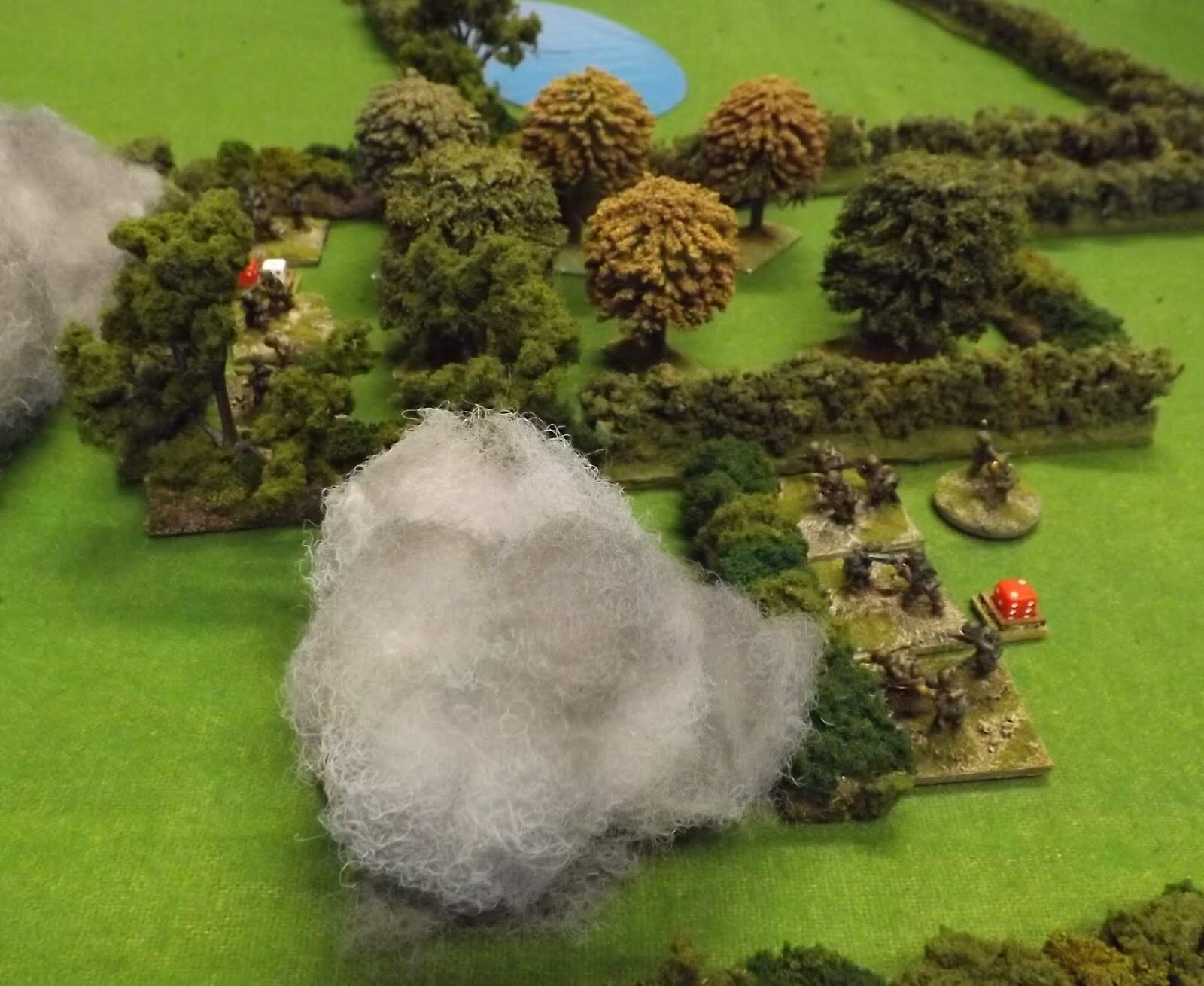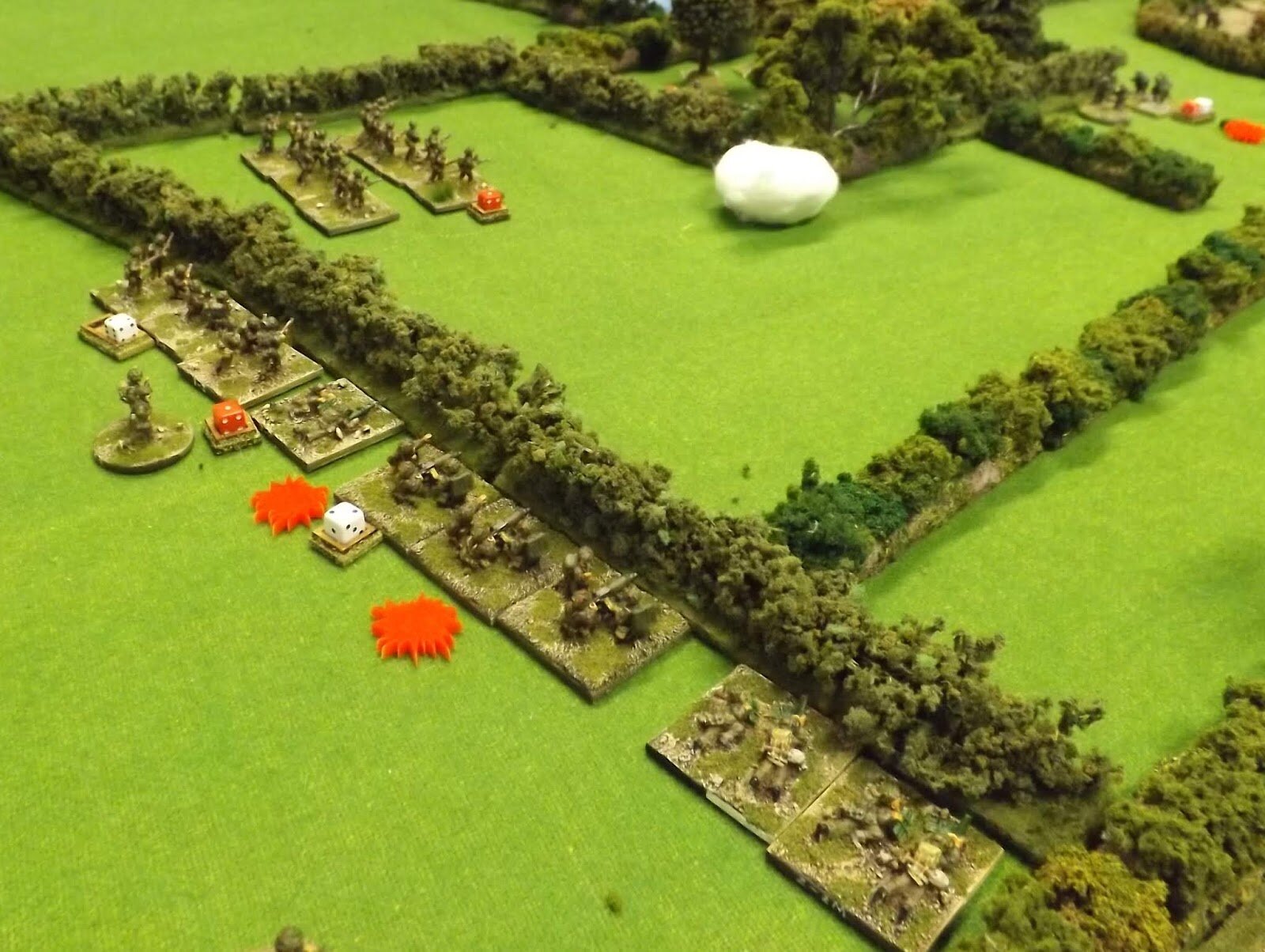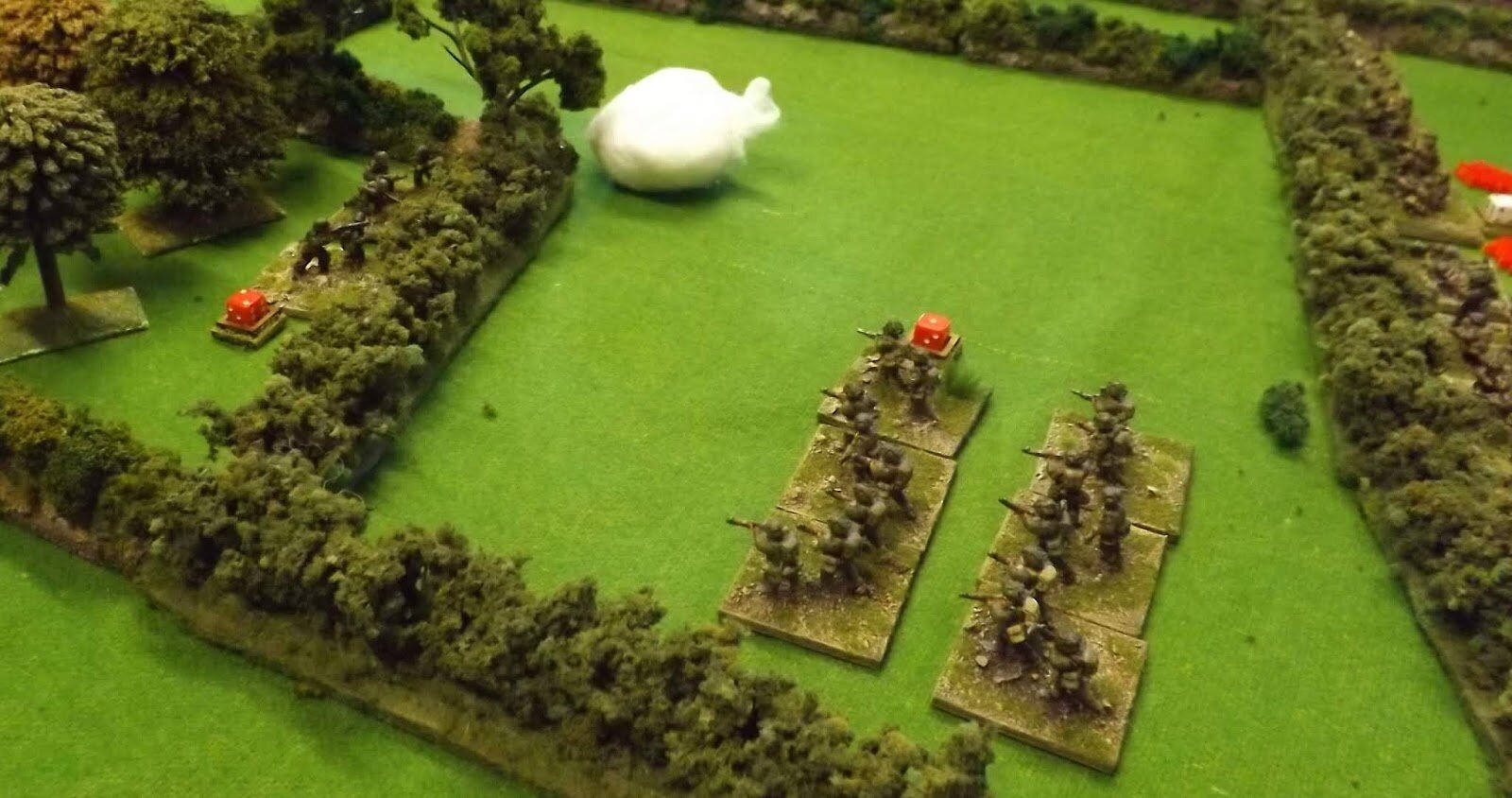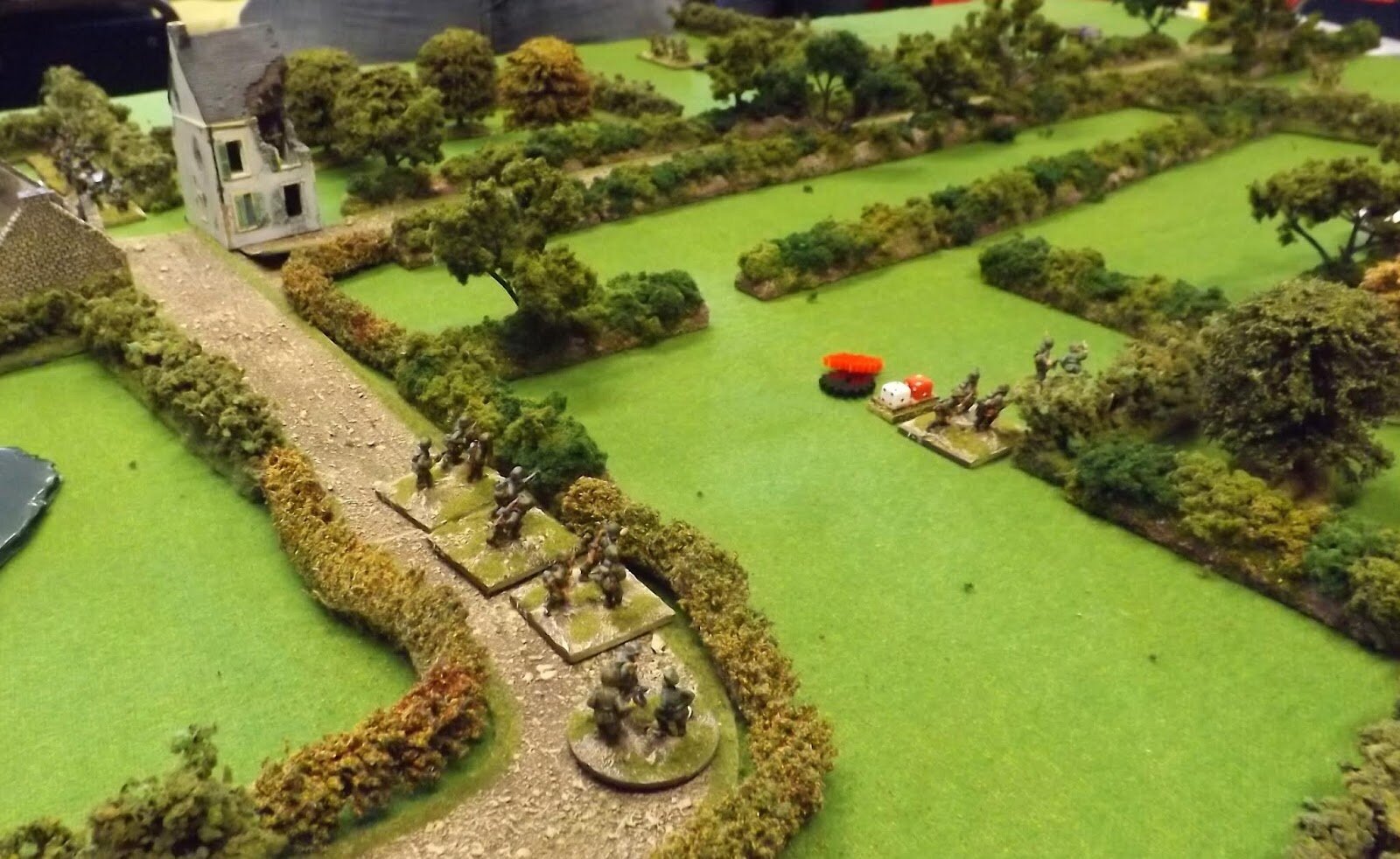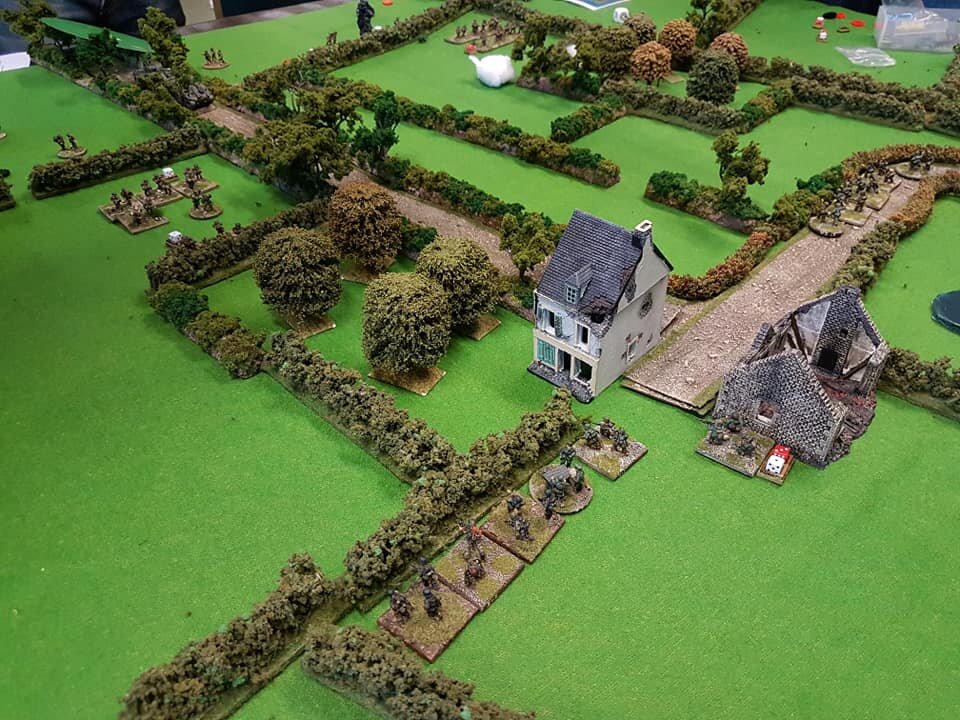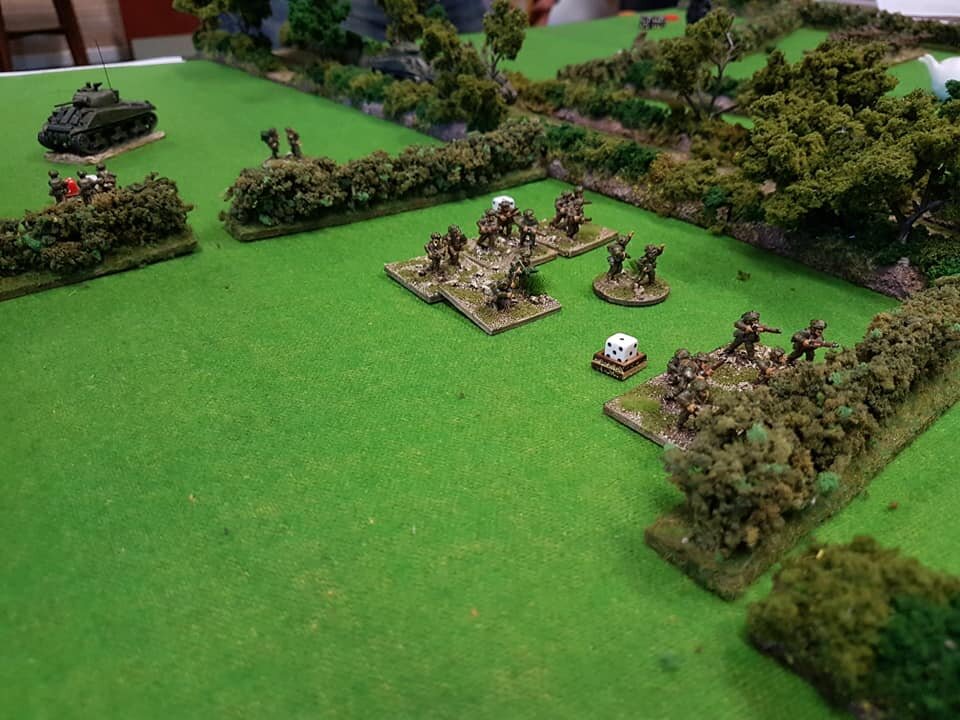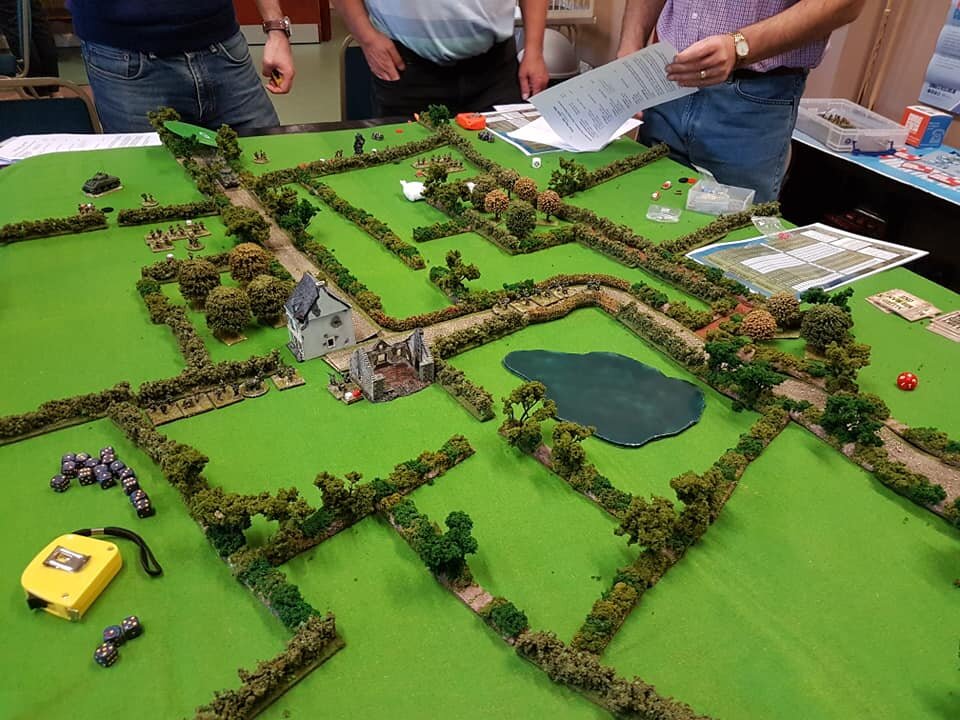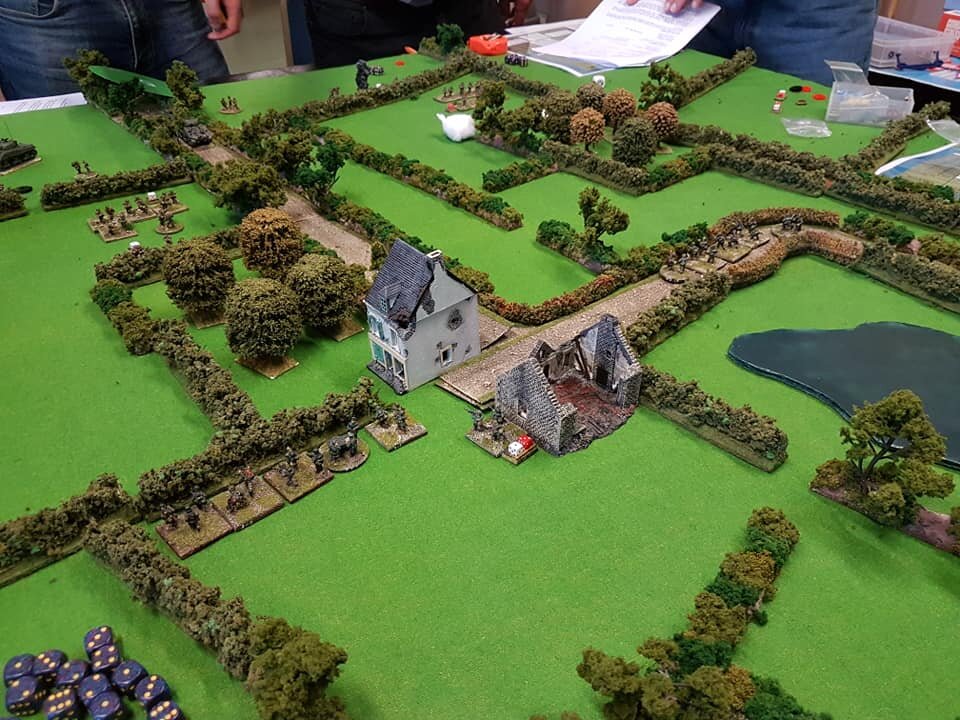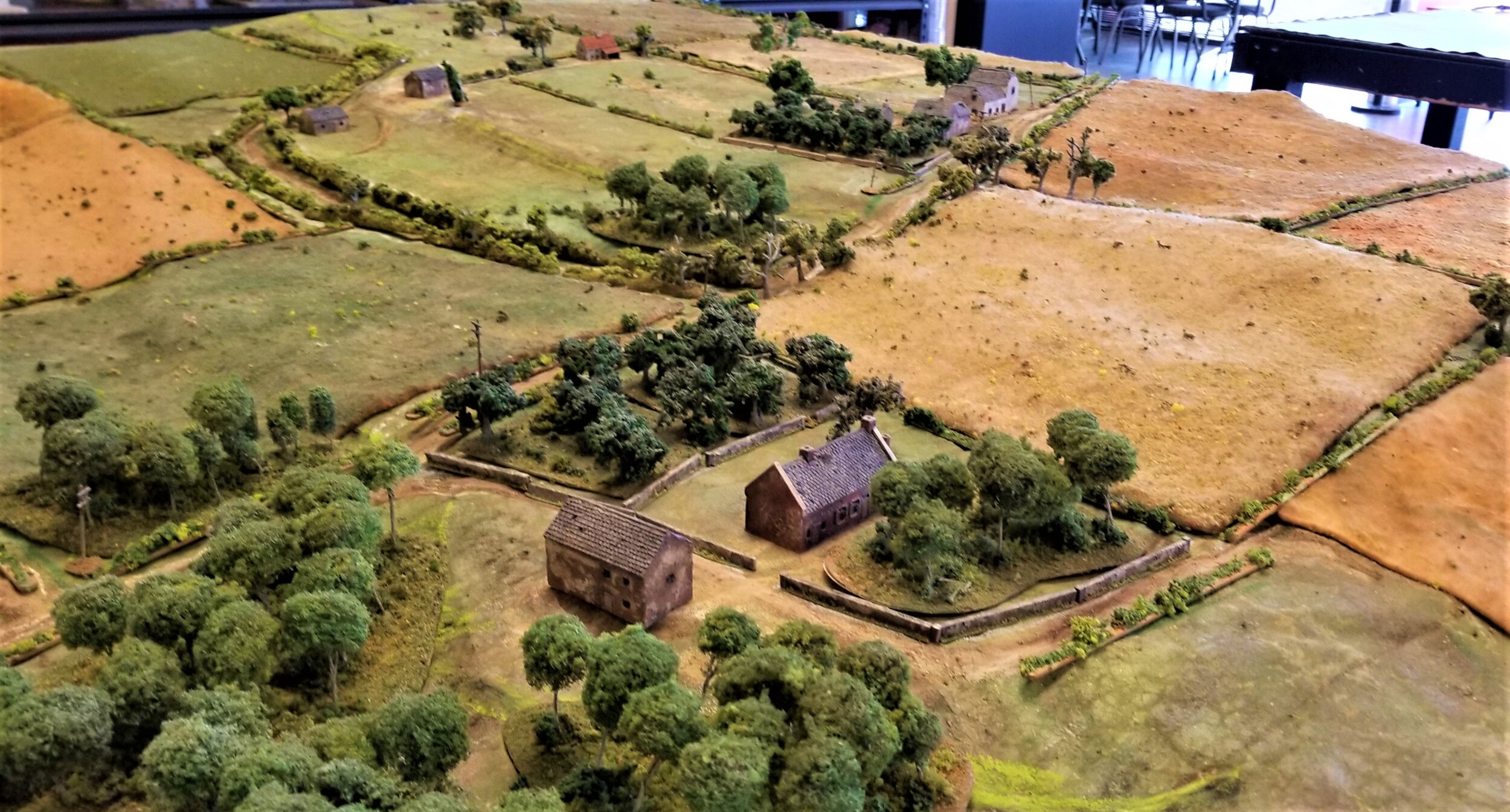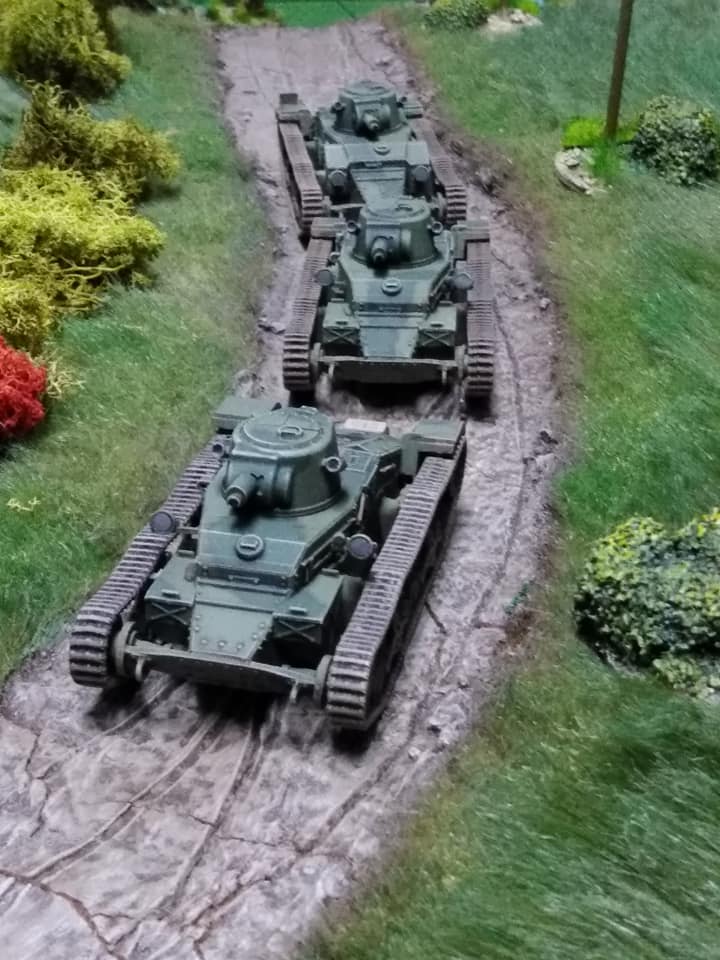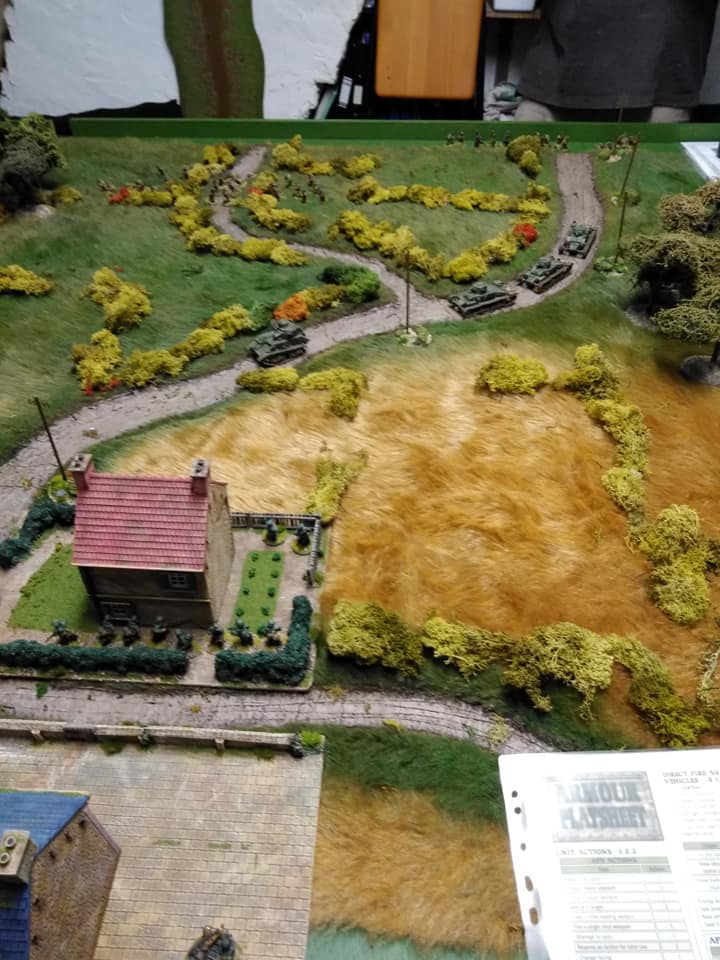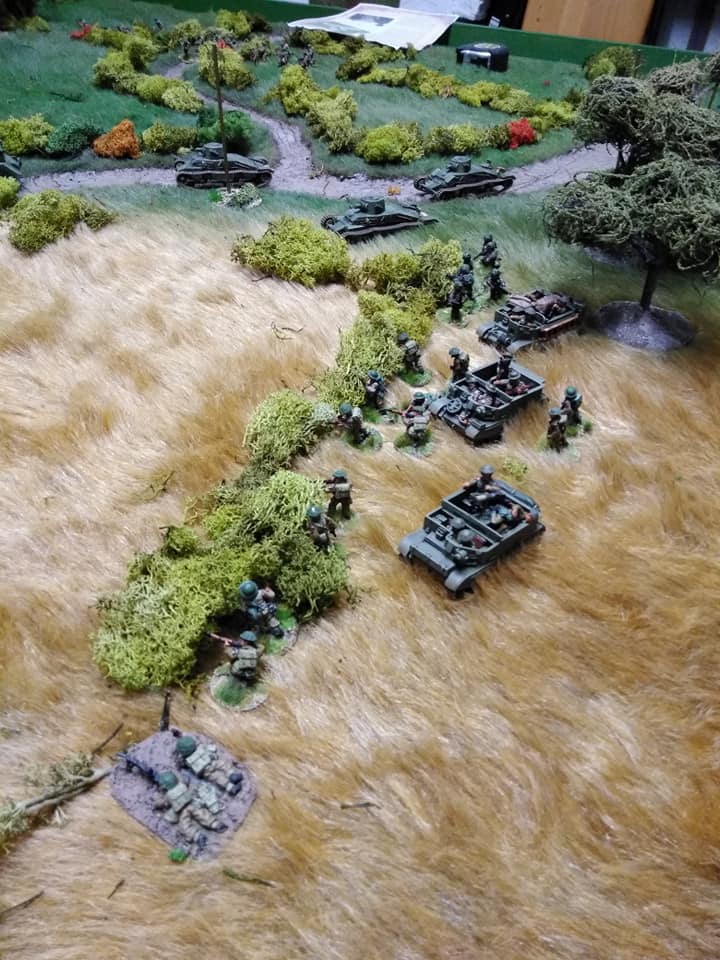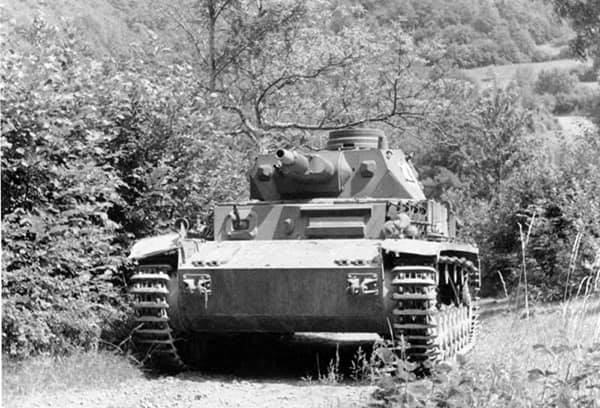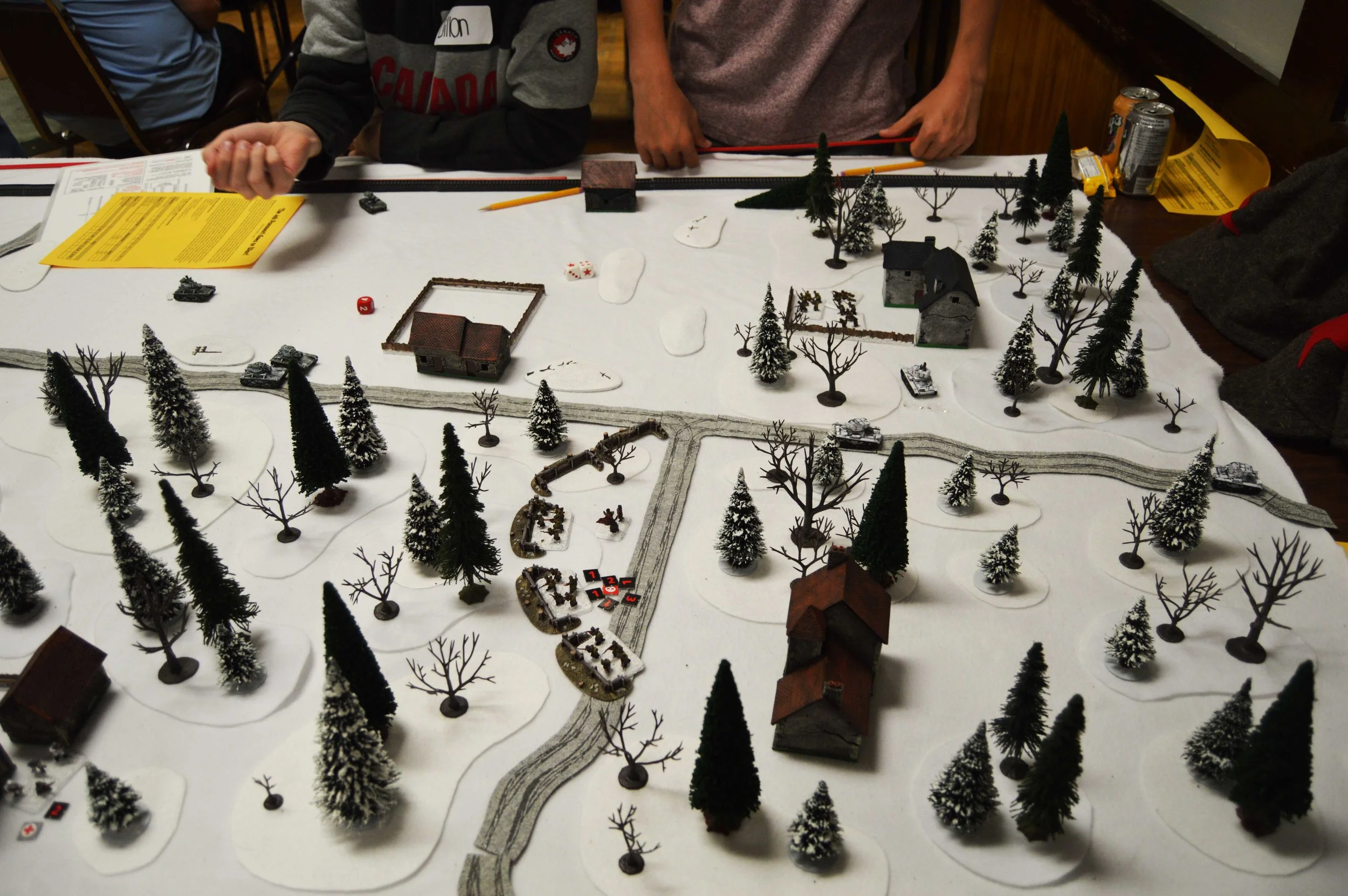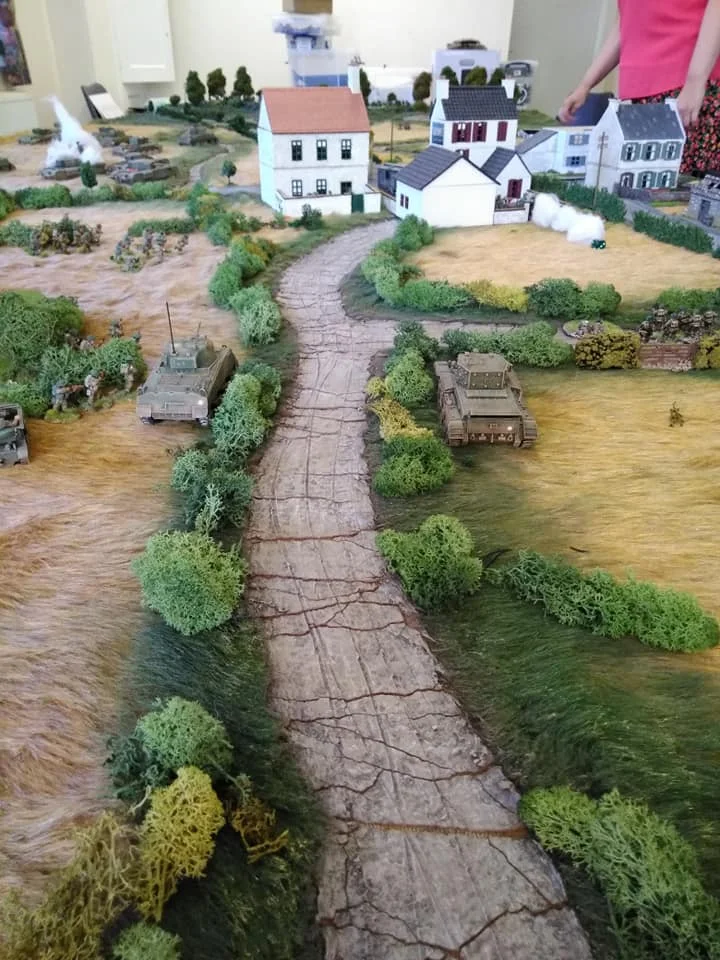Colonnello Carlo Pellion di Persano's ride to glory, or some background for the story
This is a history-inspired campaign about the Italian invasion of British Somaliland in autumn 1940. In reality, three columns attacked from south and west and overpowered the defenders in short order. The British reinforcements allowed them to pull off a brilliant fighting withdrawal that saved most of their troops. Some Italian troops were sighted by the eastern coast, but a light cruiser firing a shore bombardment drove them off. This is an alternative story about the fourth column from the east, tasked with cutting off the British withdrawal routes. Timing is critical and the avenue of attack is non-optimal with lots of small passes, so a secret task has been given to a mechanized bersaglieri task-force (a reinforced battalion) with veteran autosahariana troops from Libya providing the recon force (its composition is not historical, you may commence breathing).
In the grand Italian tradition of making sure that at least titles are magnificent, this group is called Grande gruppo speciale di Africa Orientale Italiana (The grand special group of Italian East Africa), headed by capo di tutti, Colonnello Carlo Pellion di Persano. Facing him is an old British officer with a ragtag group of Indian troops, high on morale and determination, very low on everything else.
It is a story told with none too serious tone (think of Tintin and WW2 comics), so reader might be advised not to take it too seriously, either.
Both commanders have period maps of the area, with varying amount of help from GM.
Some of the persons of note we will later meet:
"Colonnello Carlo Pellion di Persano", capo di tutti
A rising star in the magnificent Italian army, one of the great leaders for the east African empire. Man of small stature but big ambitions, he was given this command as his forefathers were condottieri and leading armies is in his blood. He is the villain of our story.
Capitano Rafaello Peppone, commander of the autosahariana company
Operated previously in northern Africa, shipped here to spearhead the assault. He is a veteran of many years, hard but fair, loved by his men, distrusted by his superiors. What else could a recon company commander be?
Major Jacob "Indian-Jack" Montjoie
Old man carrying white man's heavy burden. Most of the relieving units are still lost at the sea, so he ended up commanding a battalion from 15th Punjab Regiment, tasked with flank security for the main force in Berbera.
A Missionary Man
"Don't mess with a missionary man. He's got God on his side. He's got the saints and apostles backin' up from behind."
August 9th, 1940 Ceelayo missionary station in eastern British Somaliland
Lieutenant Bruce of 1st Ceelayo militia (or Little-Bruce, bastard son of reverend Jeff Huntington, head of the Ceelayo missionary station, as he was usually called) was a man with a mission. Italians were coming, everybody knew that, but no-one wanted to fight them. King's African Rifles and other regular troops had been withdrawn from the eastern border to defend Berbera. It made perfect strategic sense - in case you were planning a fighting withdrawal like the cowardly high command was. So Bruce had raised his own militia from the able bodied men of the area and had received some second-rate weapons from regular and colonial troops before they had withdrawn: a dozen rifles, an old Lewis-gun and prized Vickers machinegun on an AA mount. Just enough for his band of brave men to give the spaghetti-eaters a bloody nose!
The previous days had seen the village prepared: the generator was ready for firing up the radio to signal to HQ that Italians were coming; AA was covering the village; the Lewis-gun was in a well-camouflaged and fortified forward position and a decoy artillery pit was there to draw enemy attention away from real defensive line. All was set for the self-titled Lieutenant's day of glory.
Early morning, sentries from both direction came running. From the east arrived an armoured car (home made from a truck) from Laasgoray garrison with two trucks carrying normal supplies. And from the east came a column of armed trucks, sporting Italian flags. And an ominous sound of bomber could be heard from the distance.





































